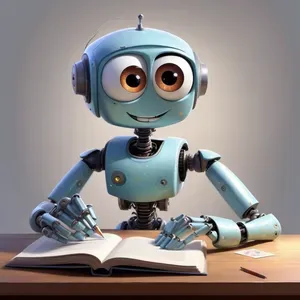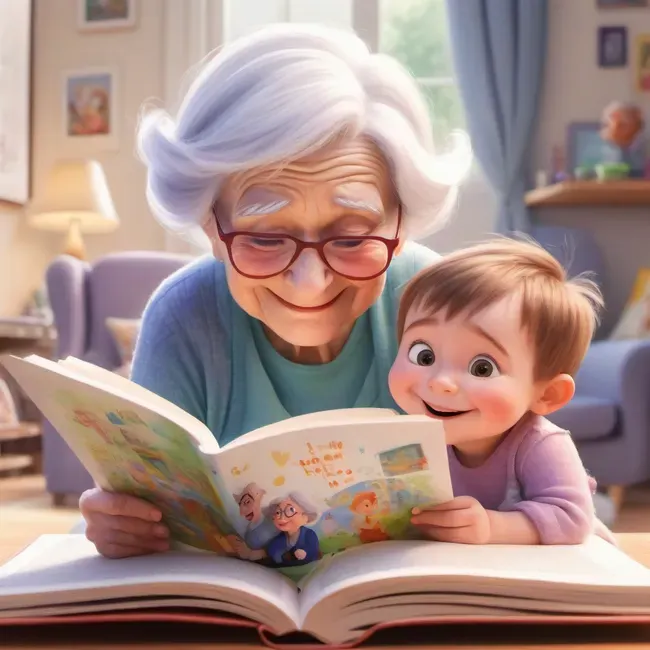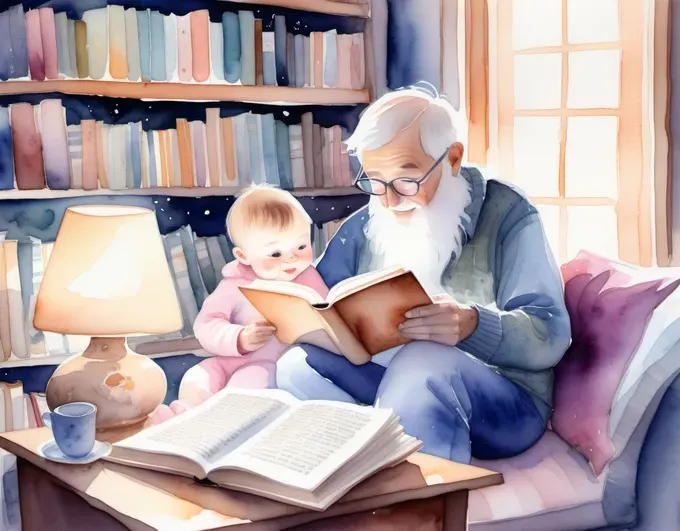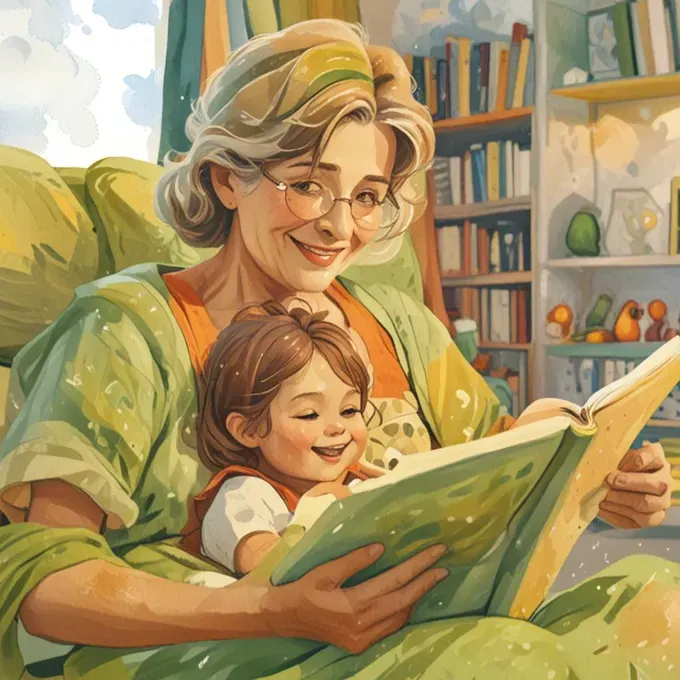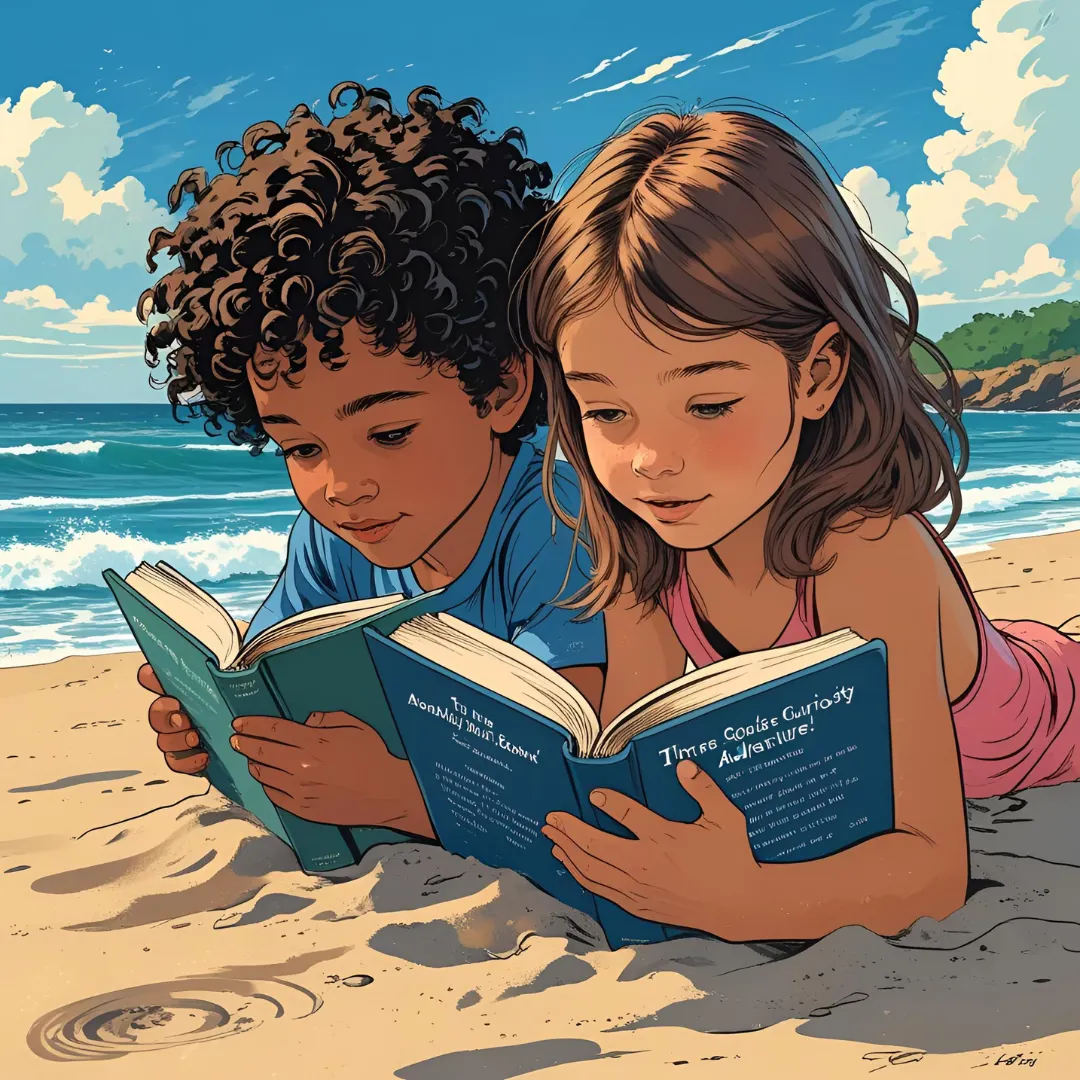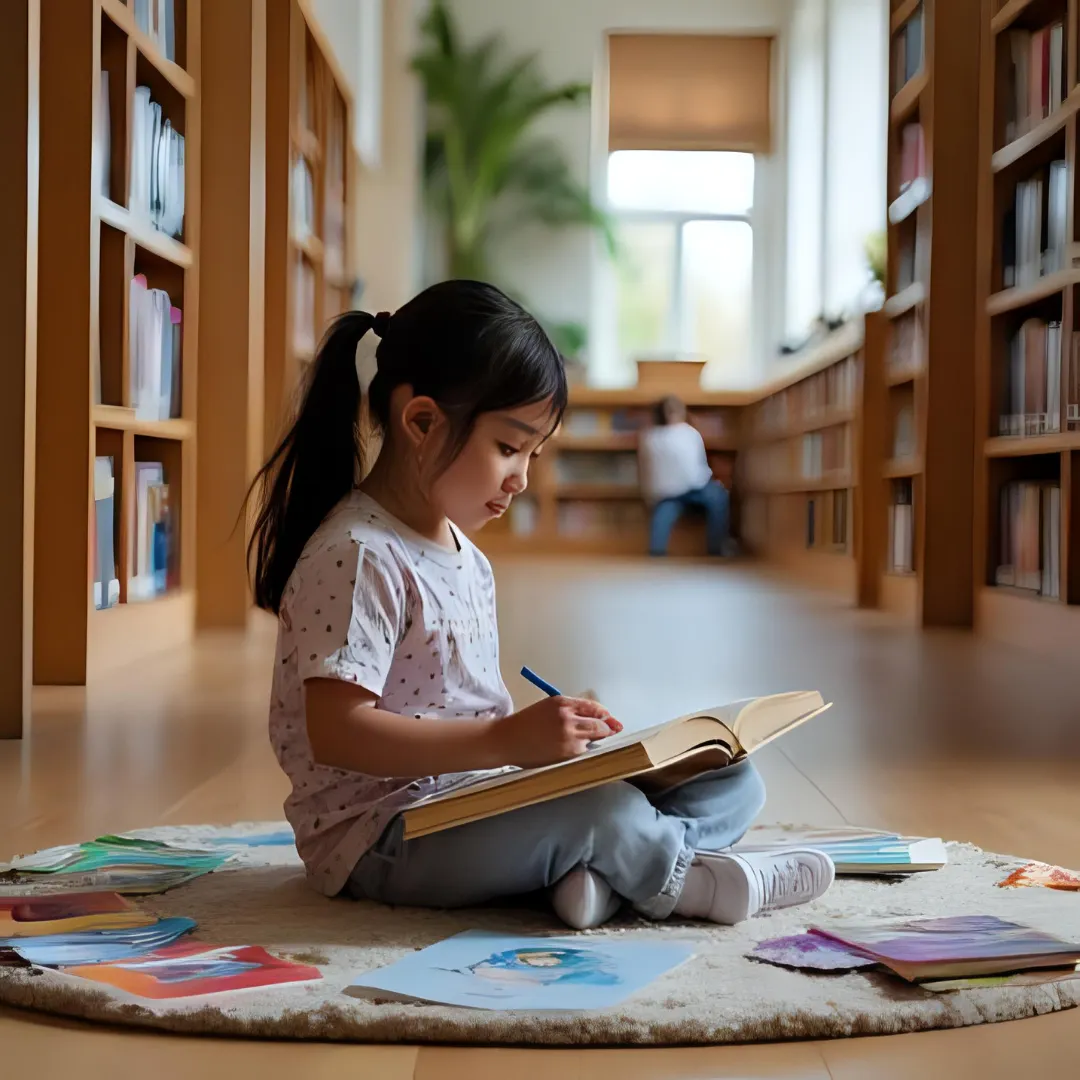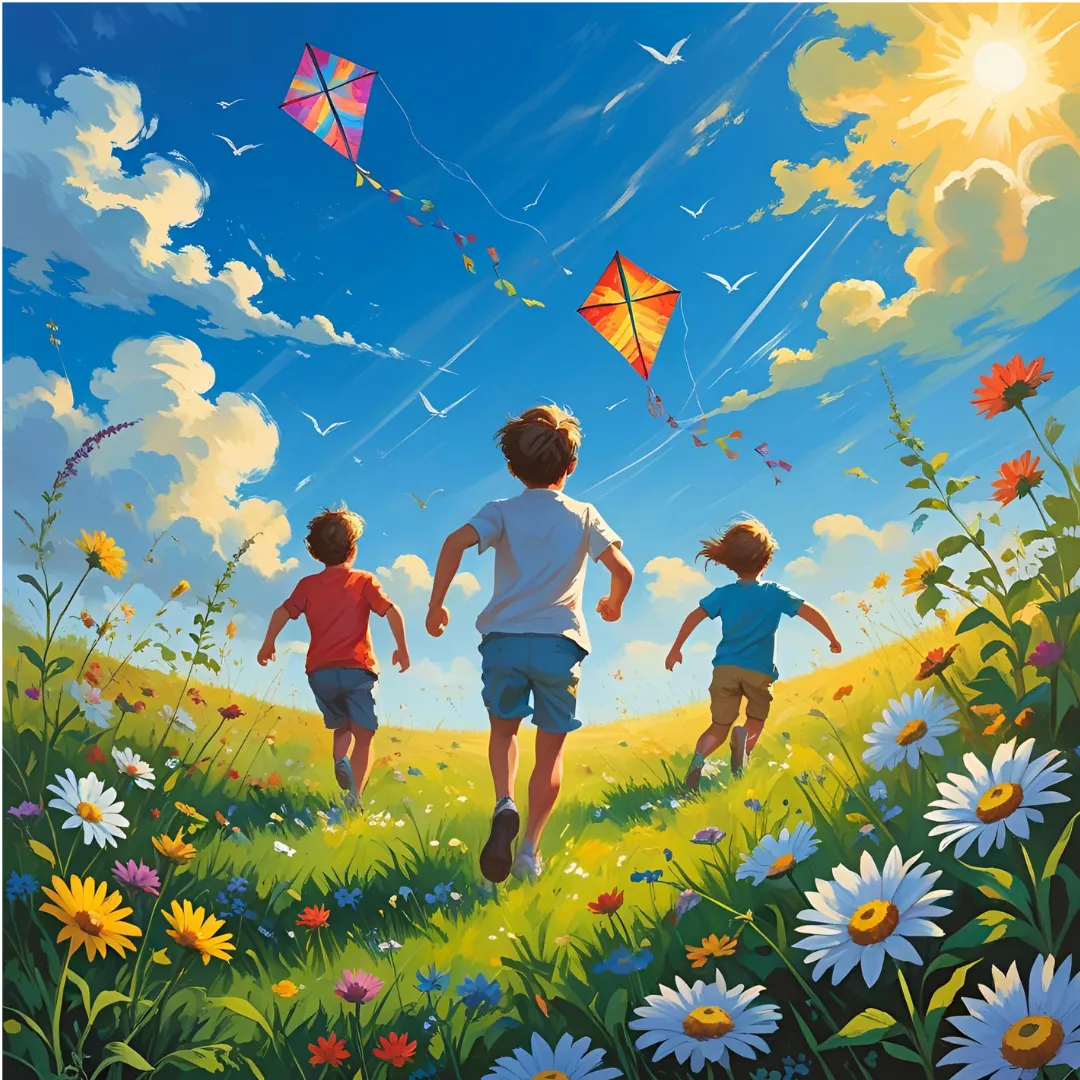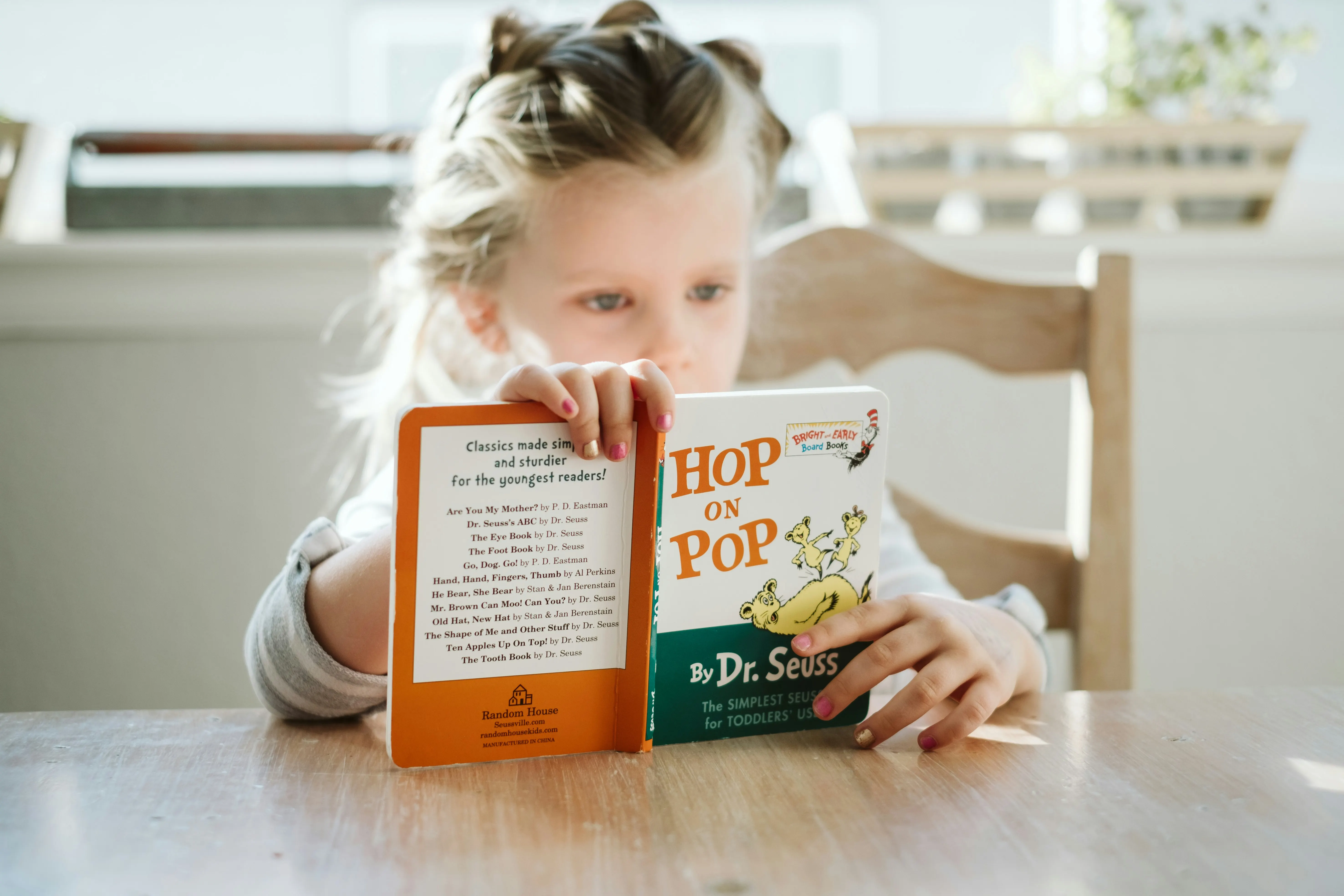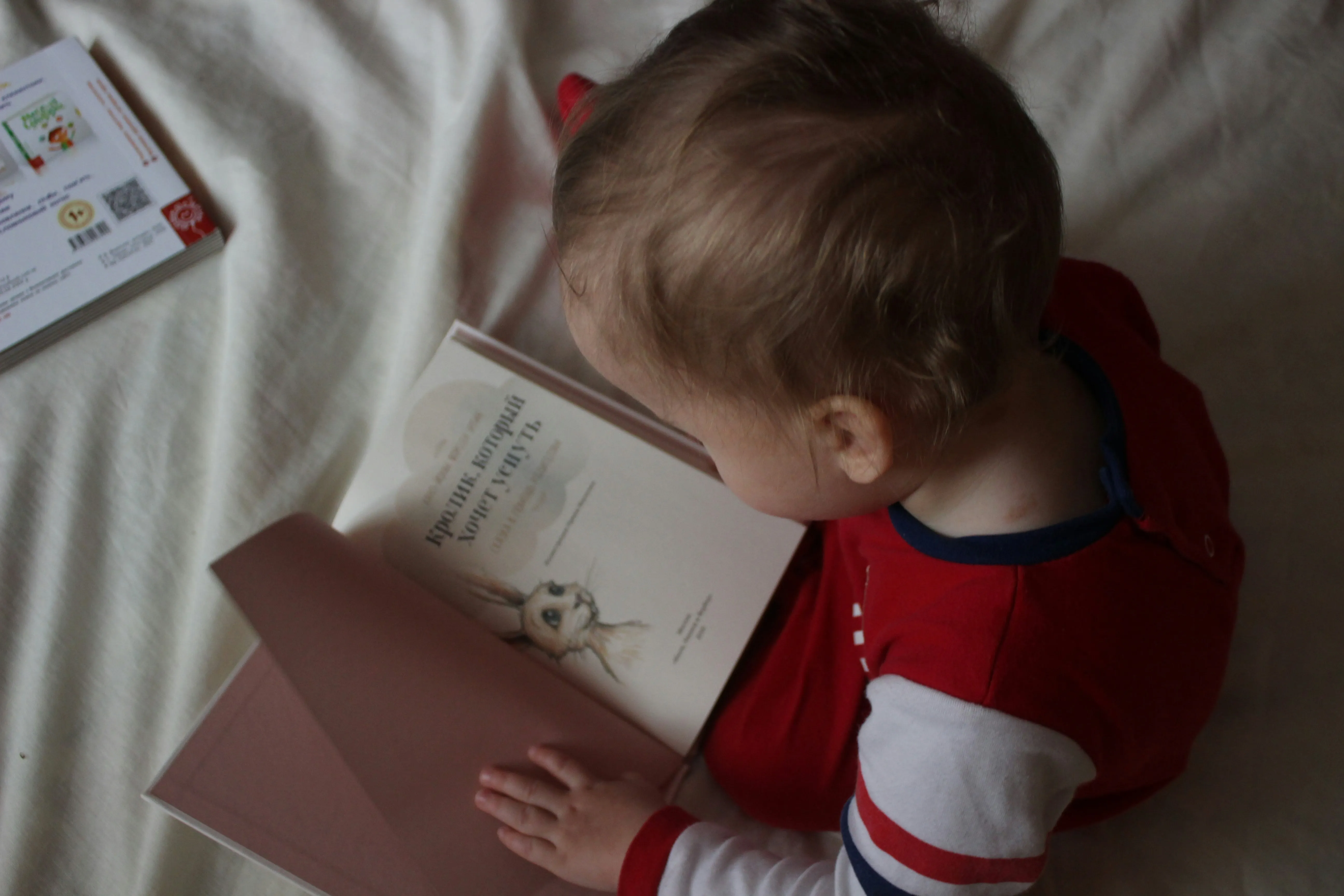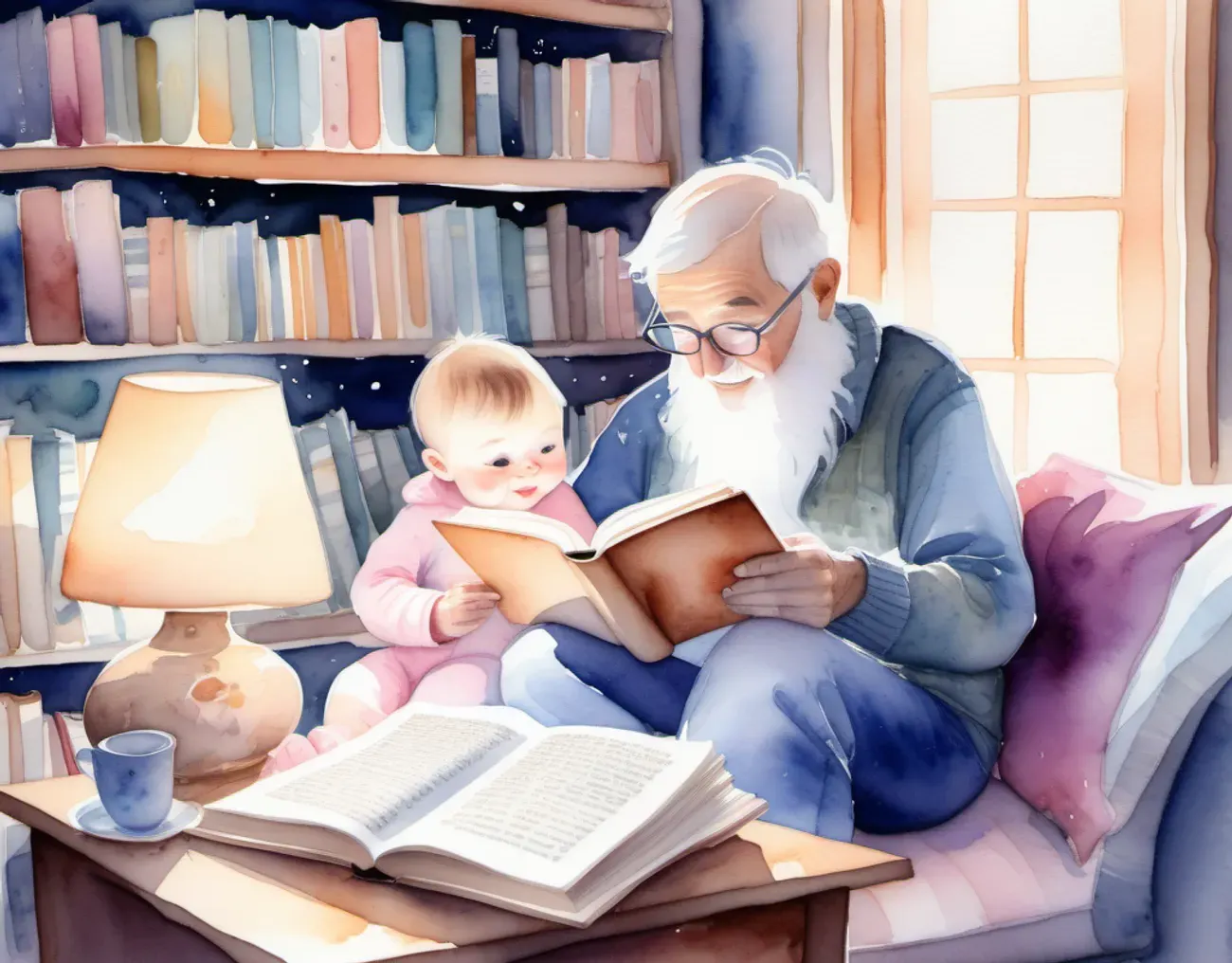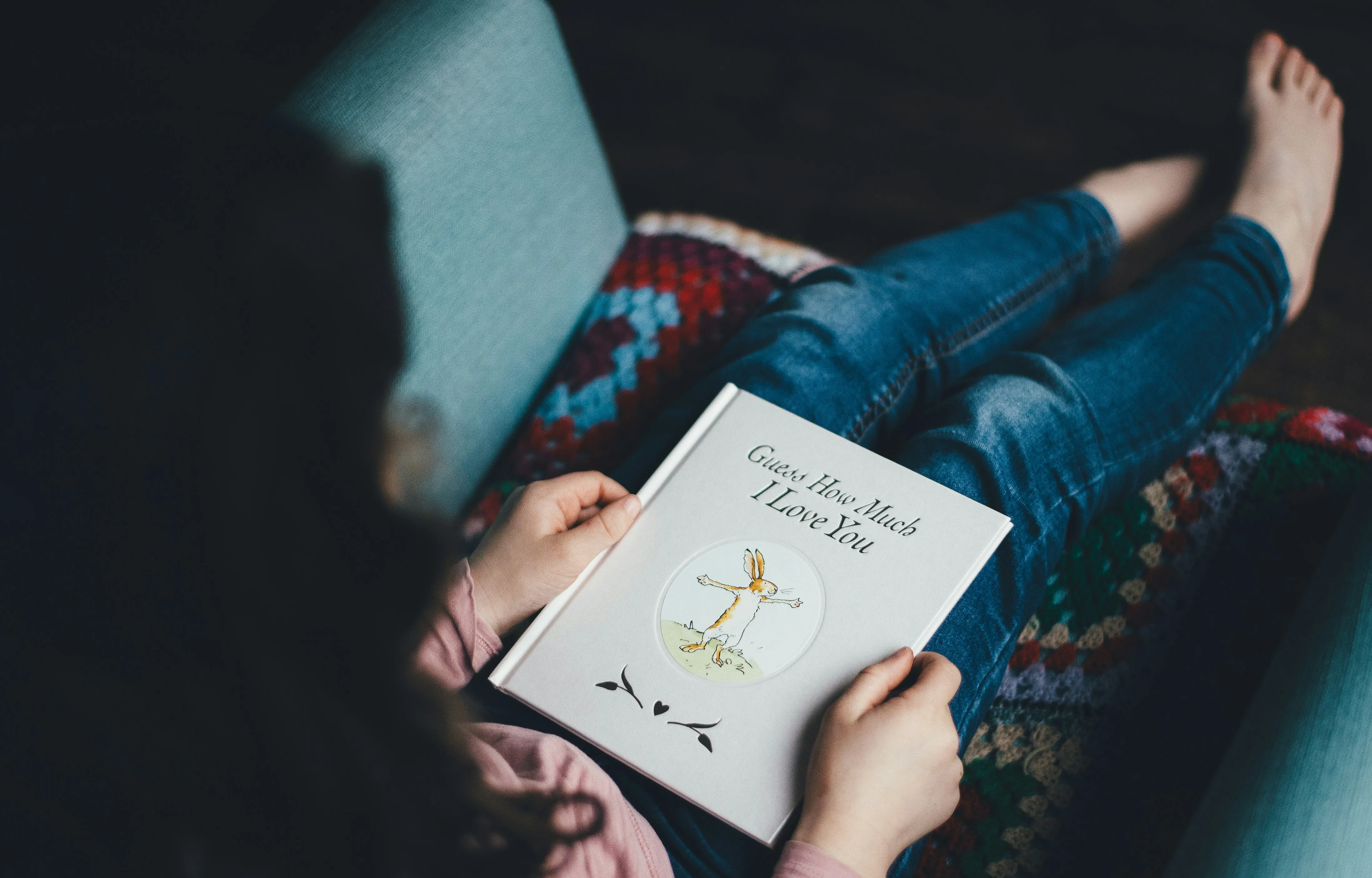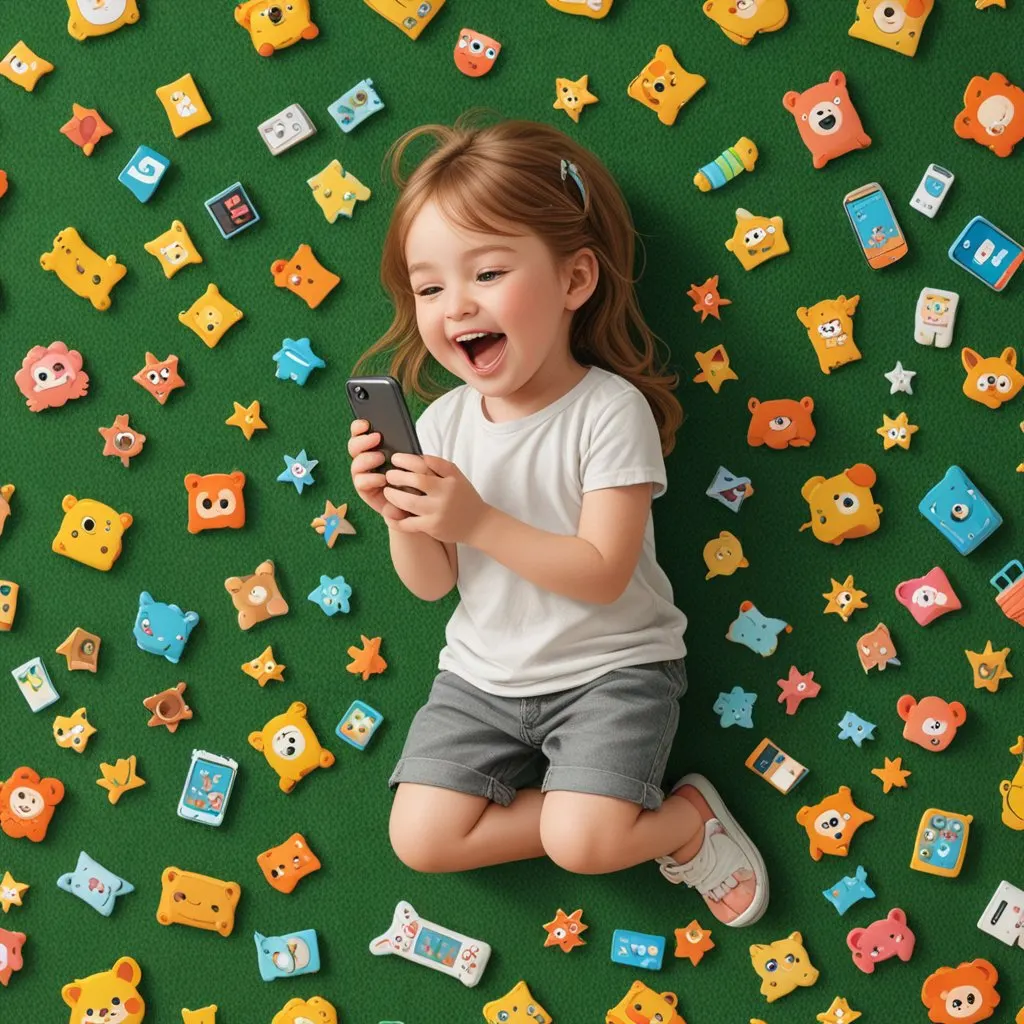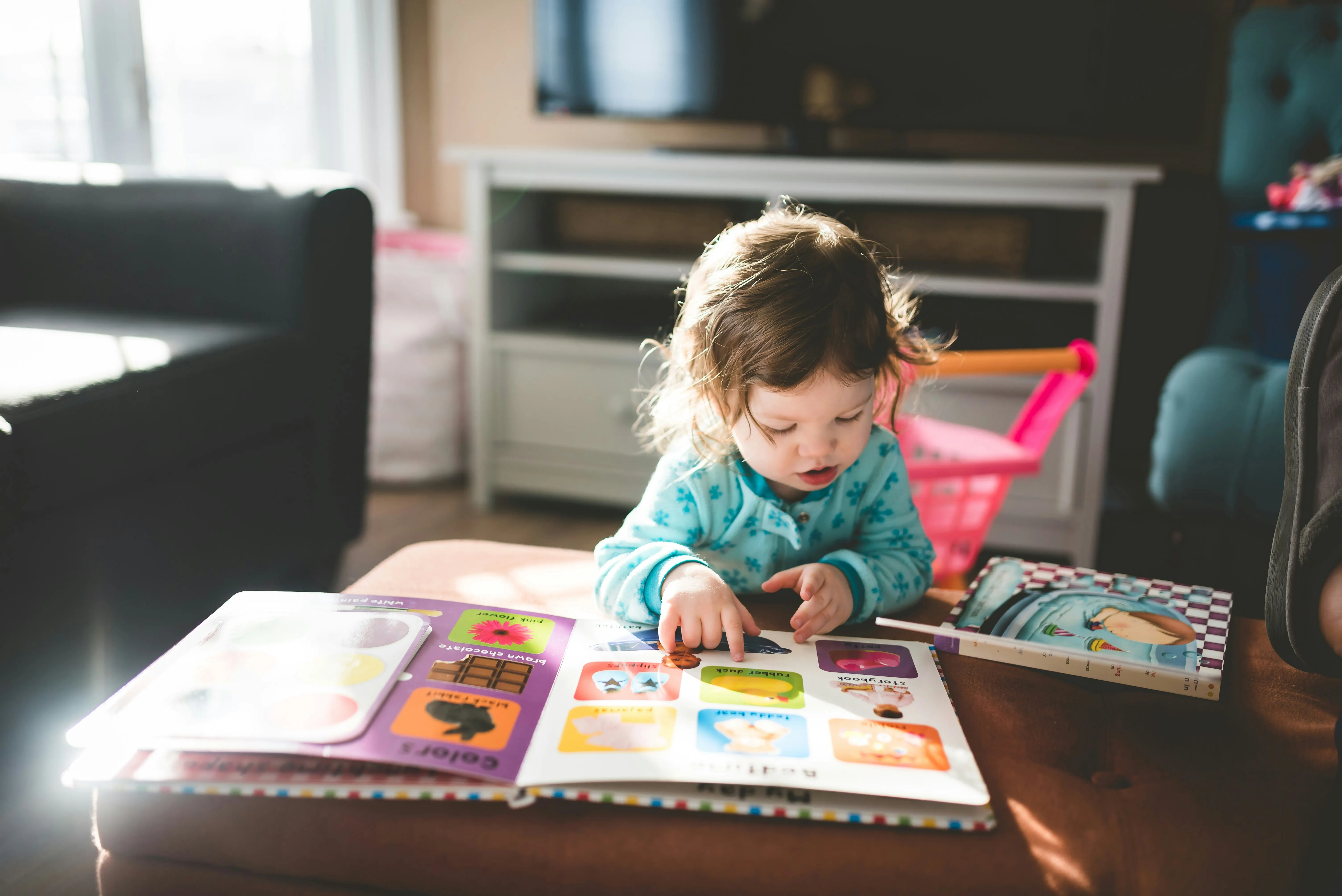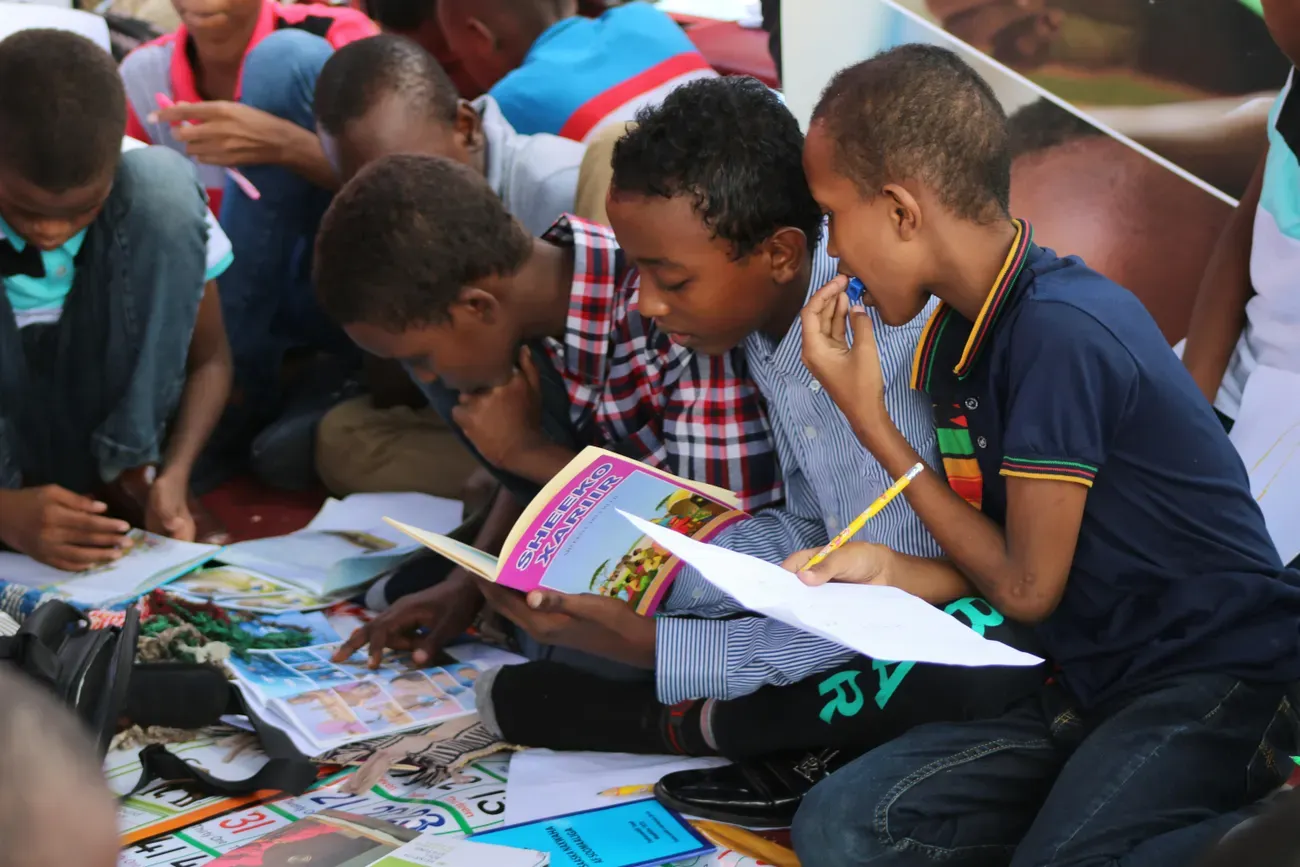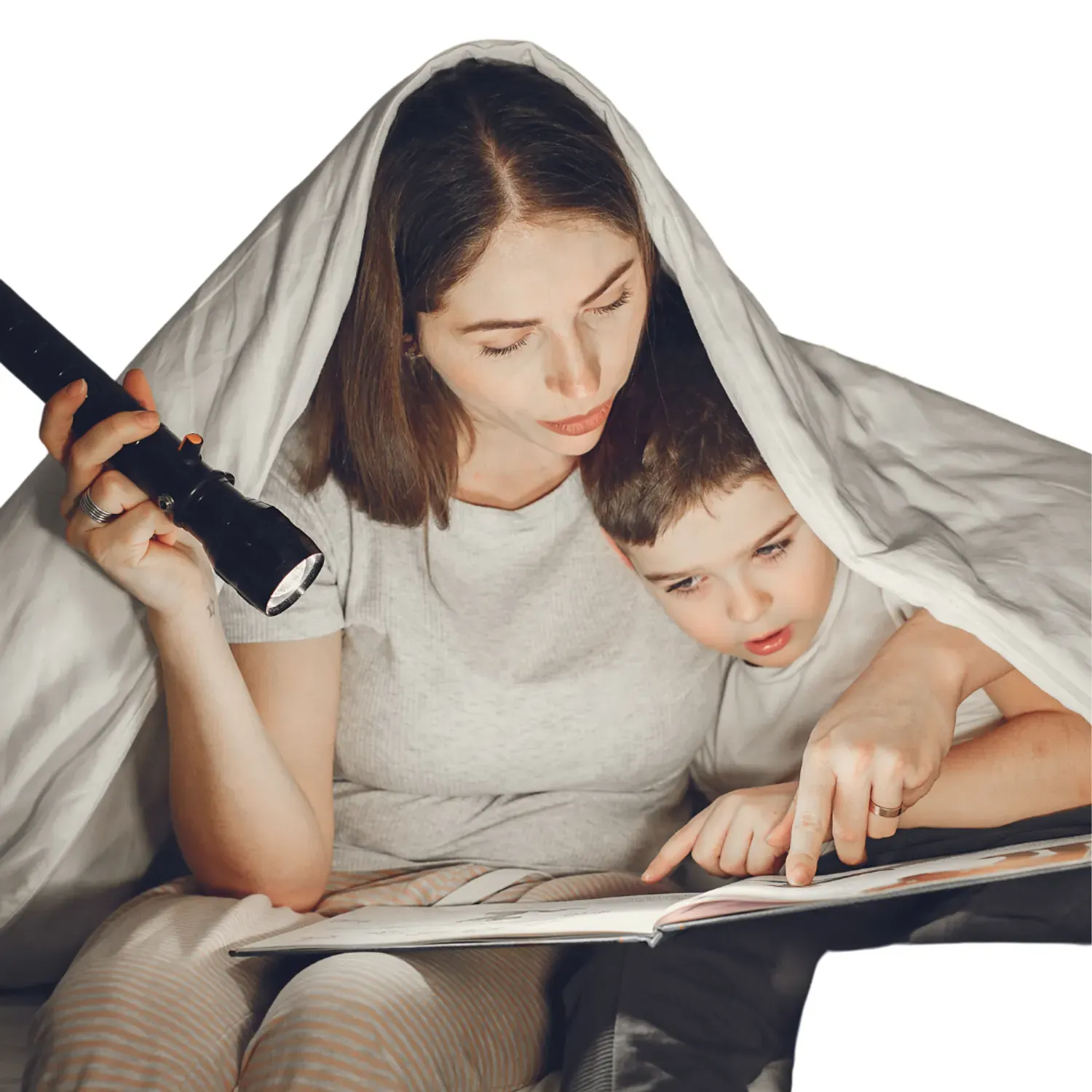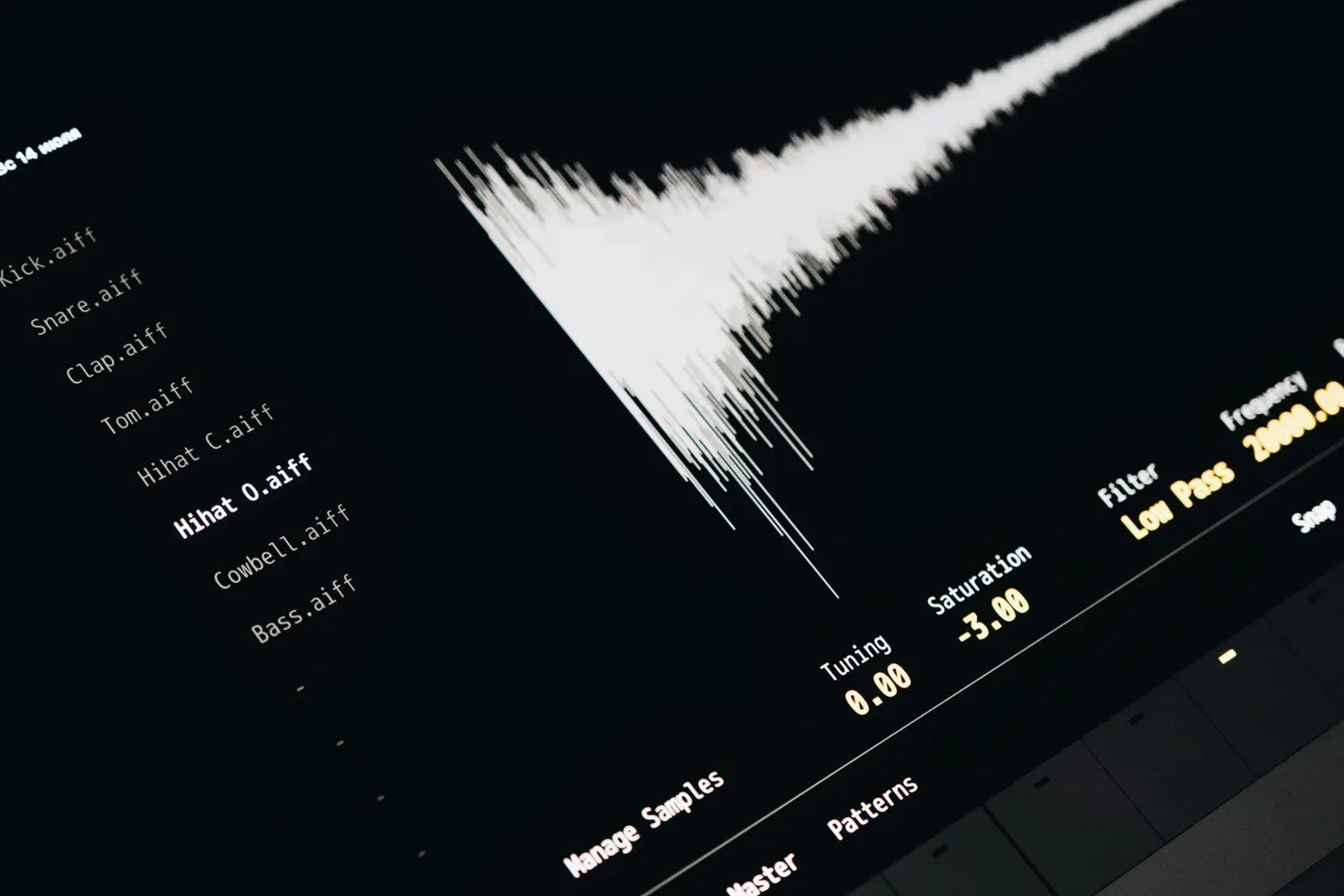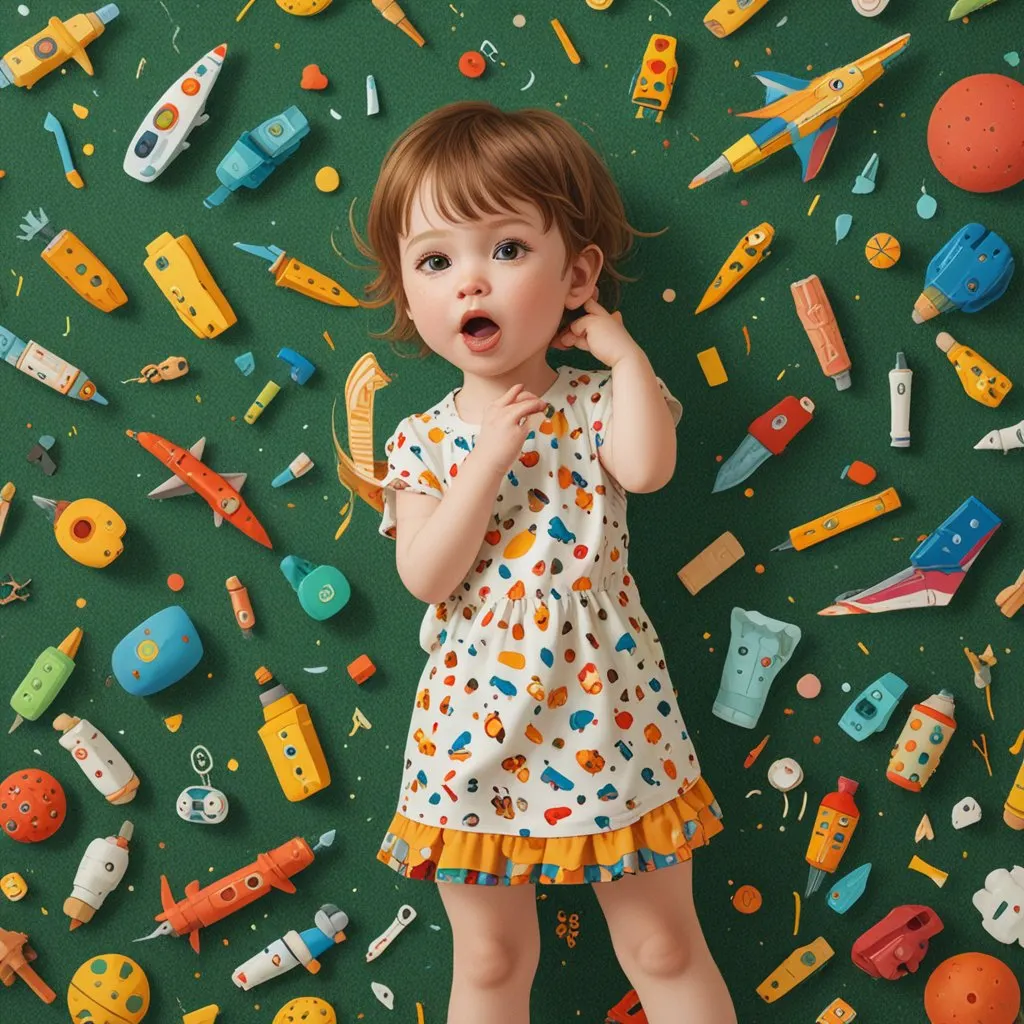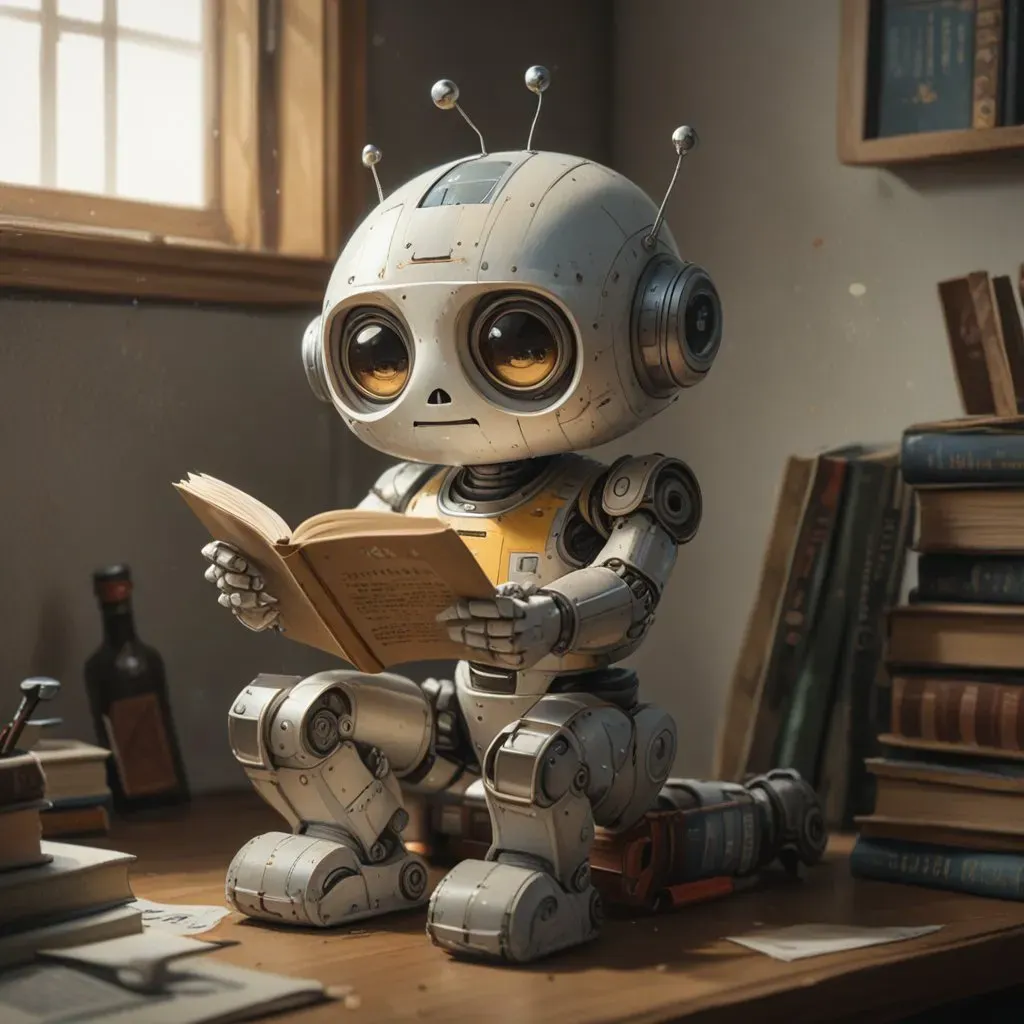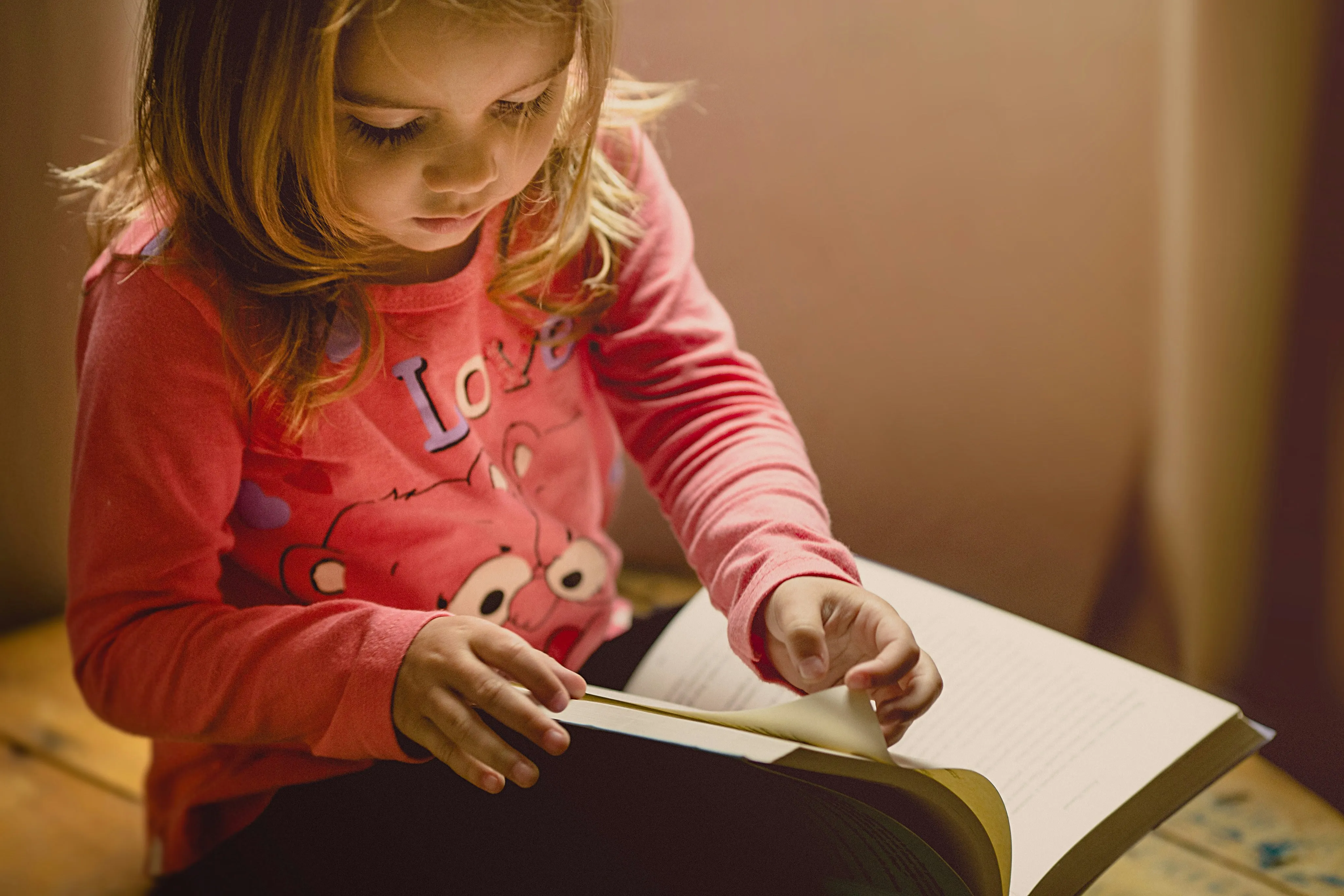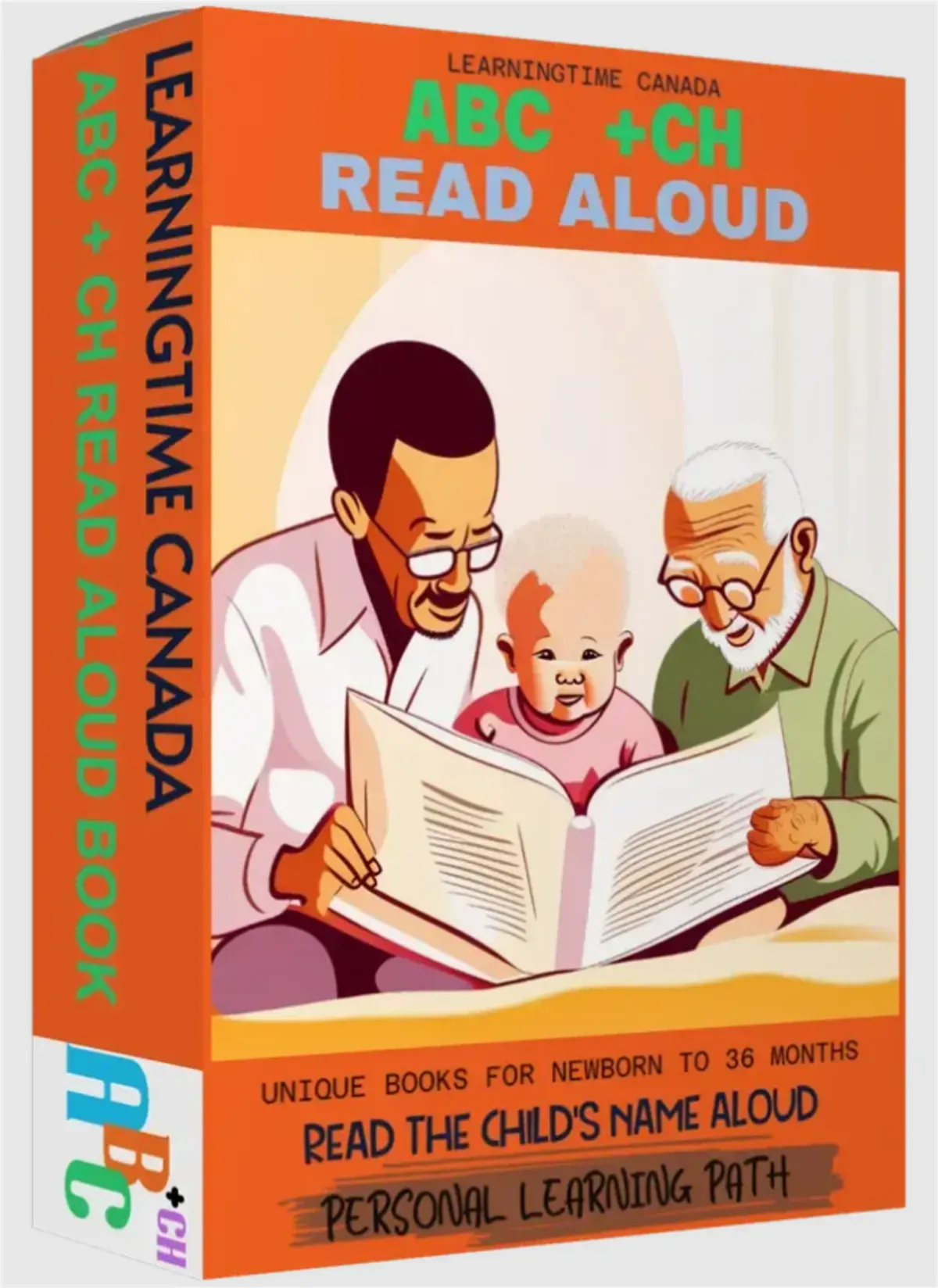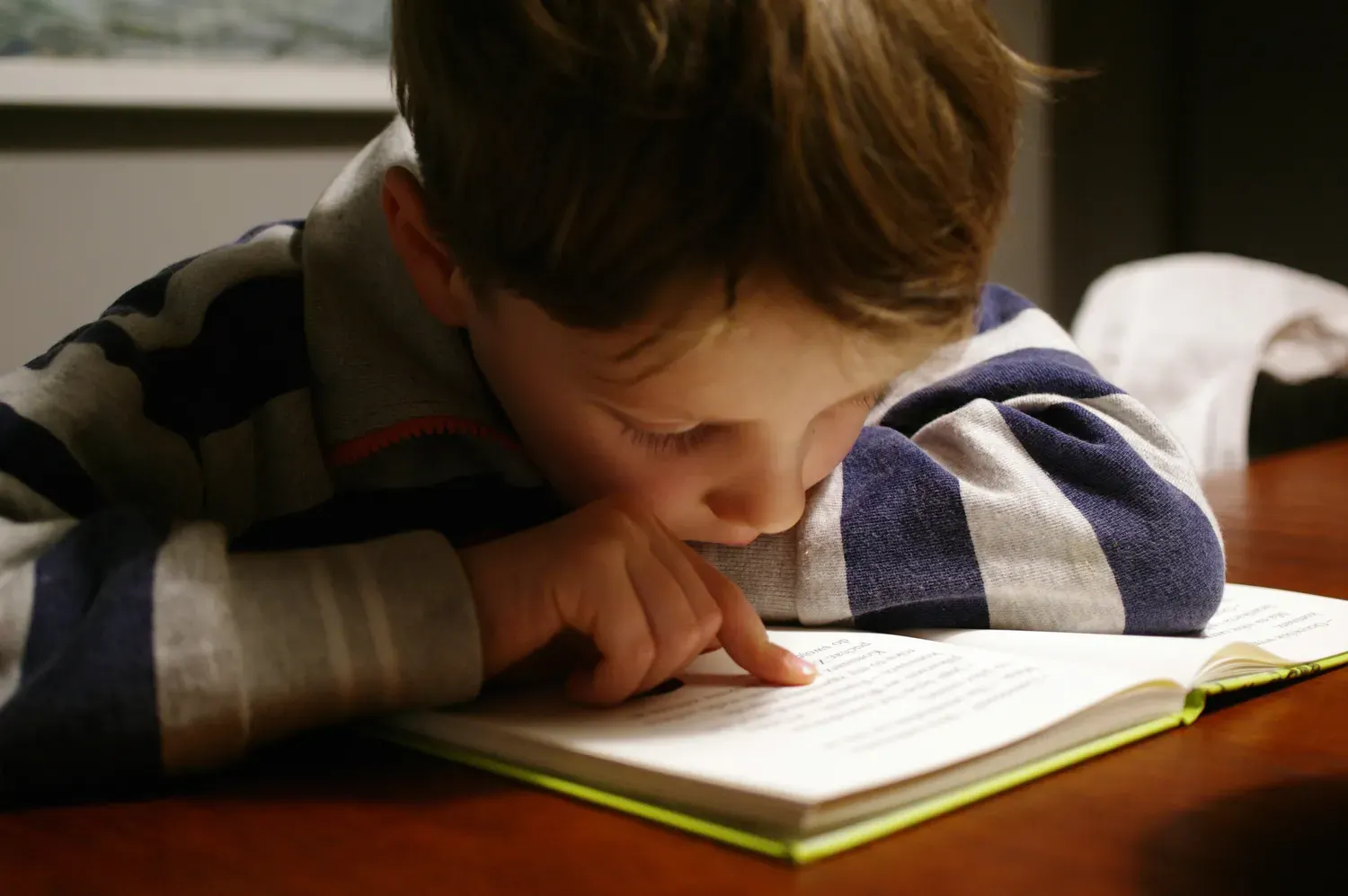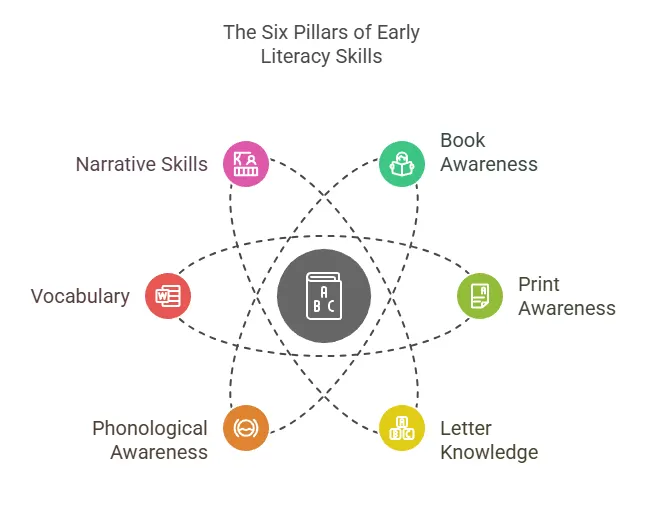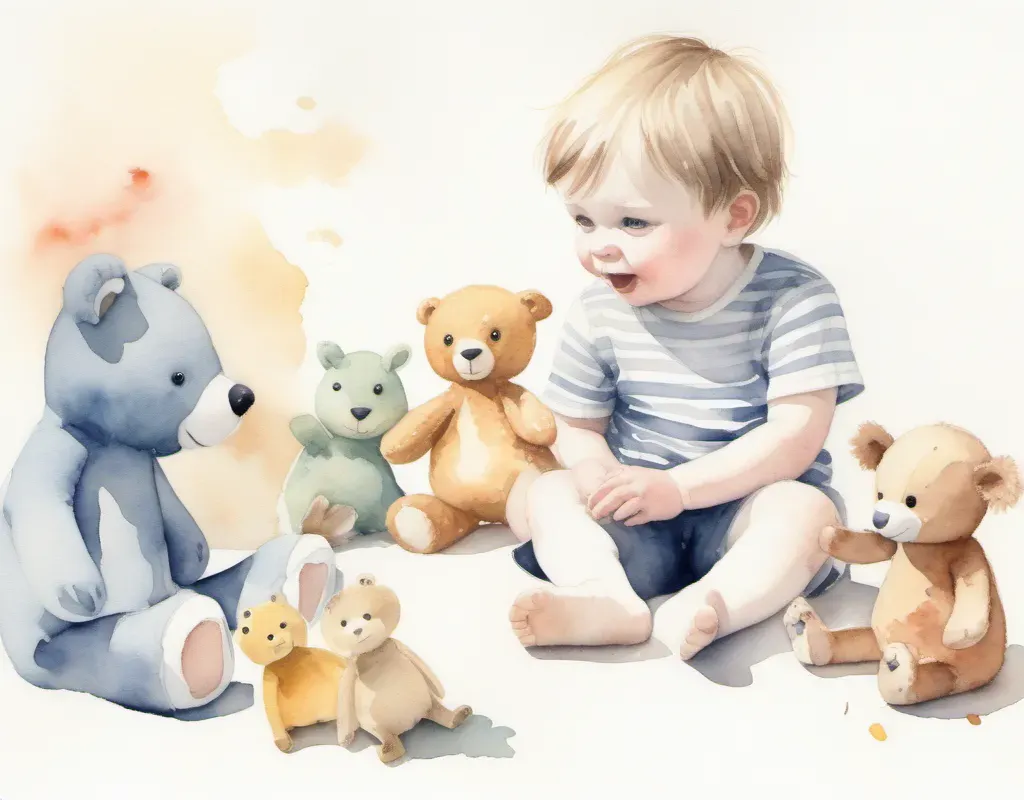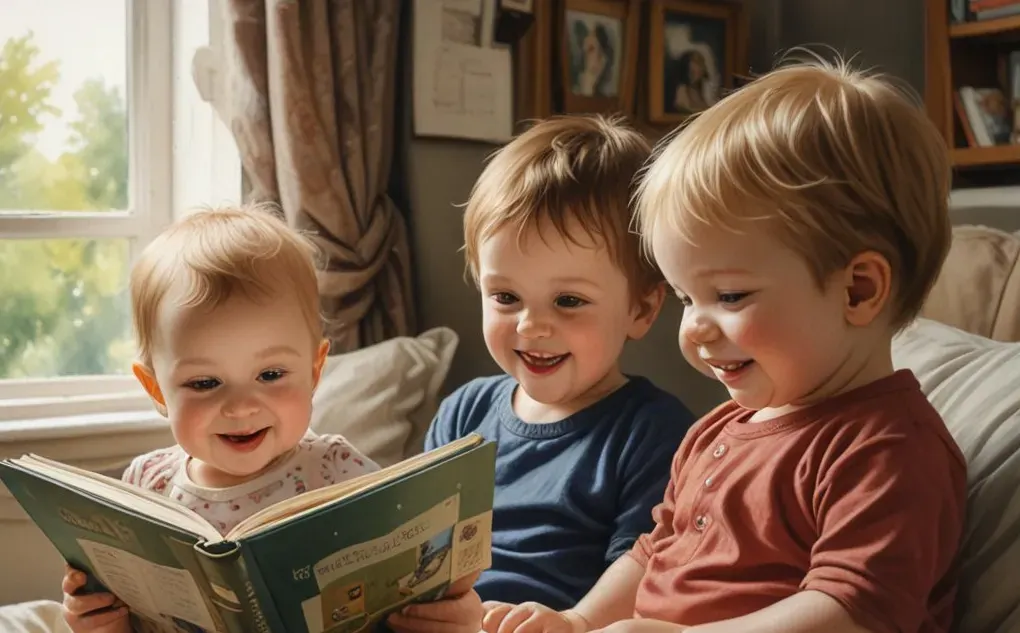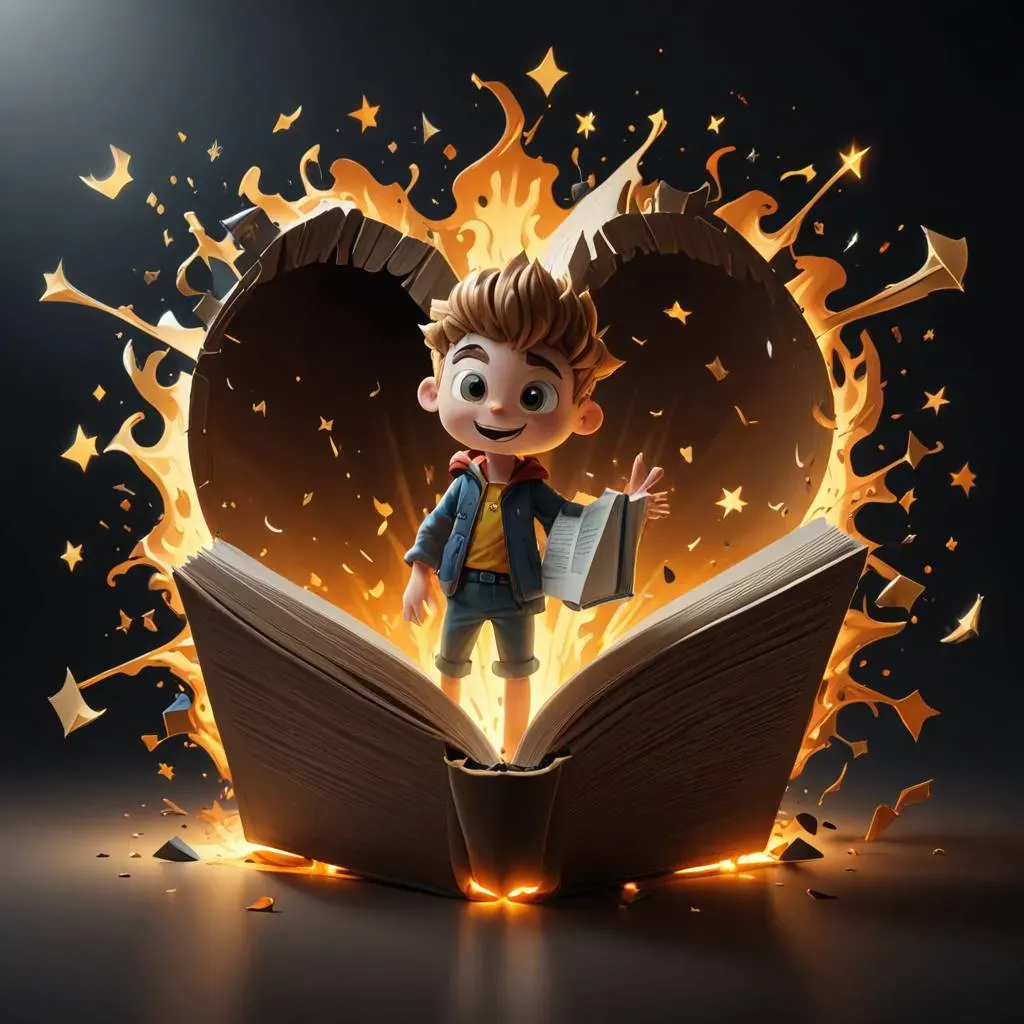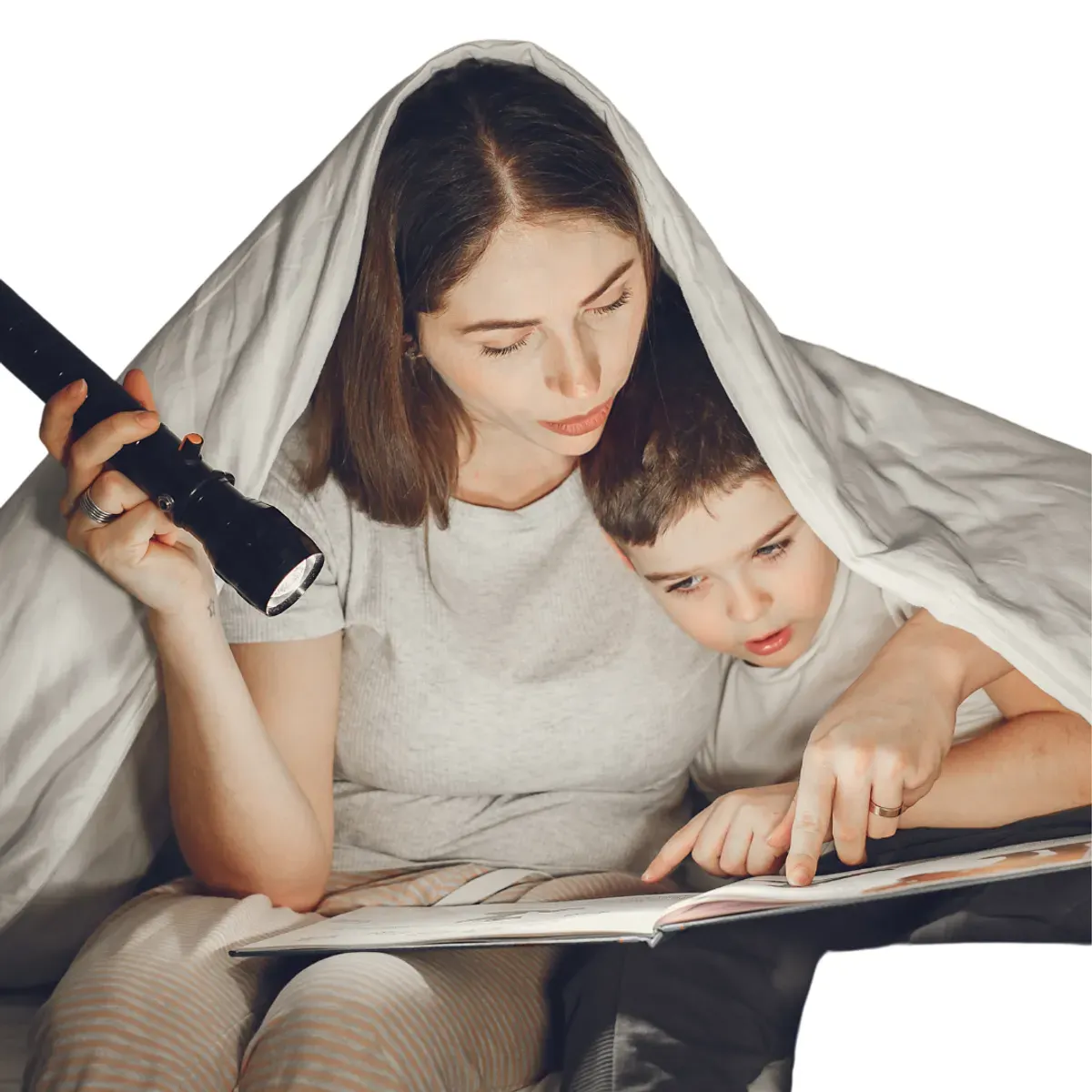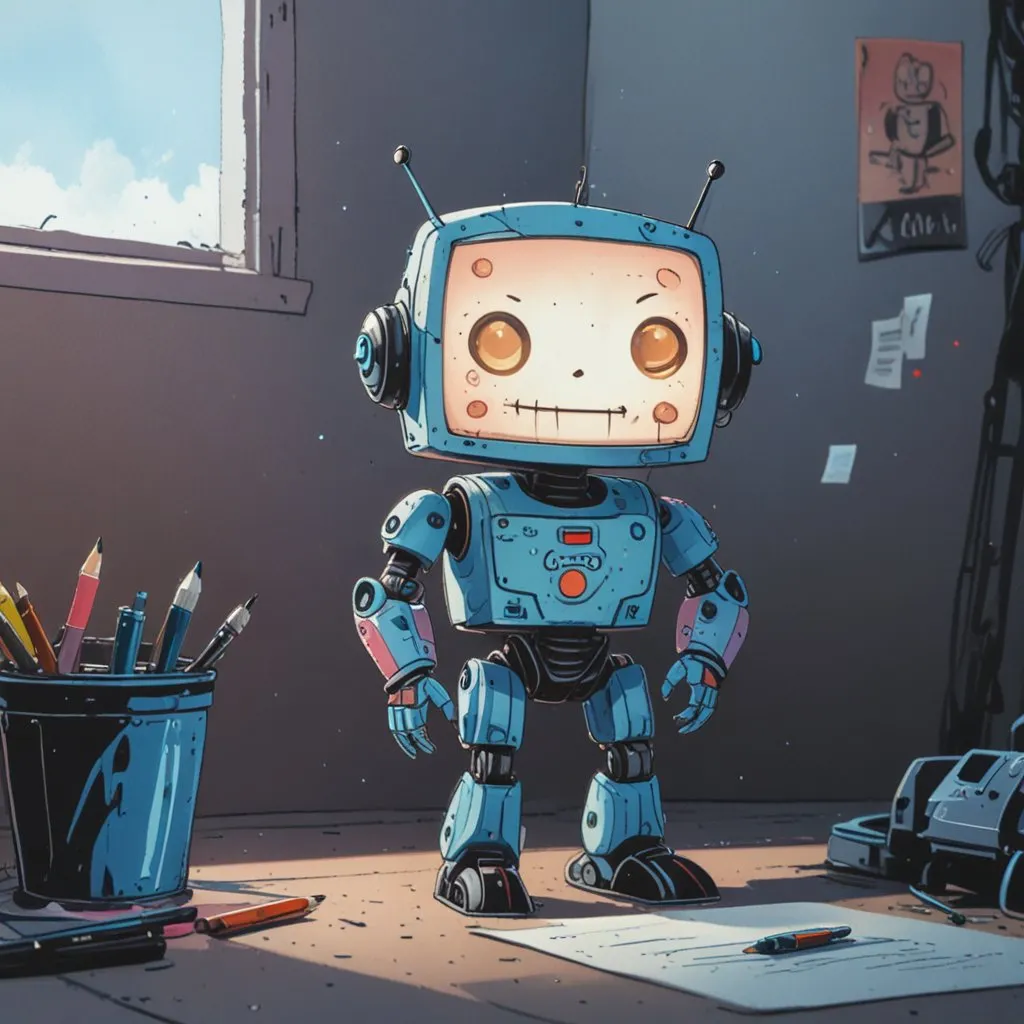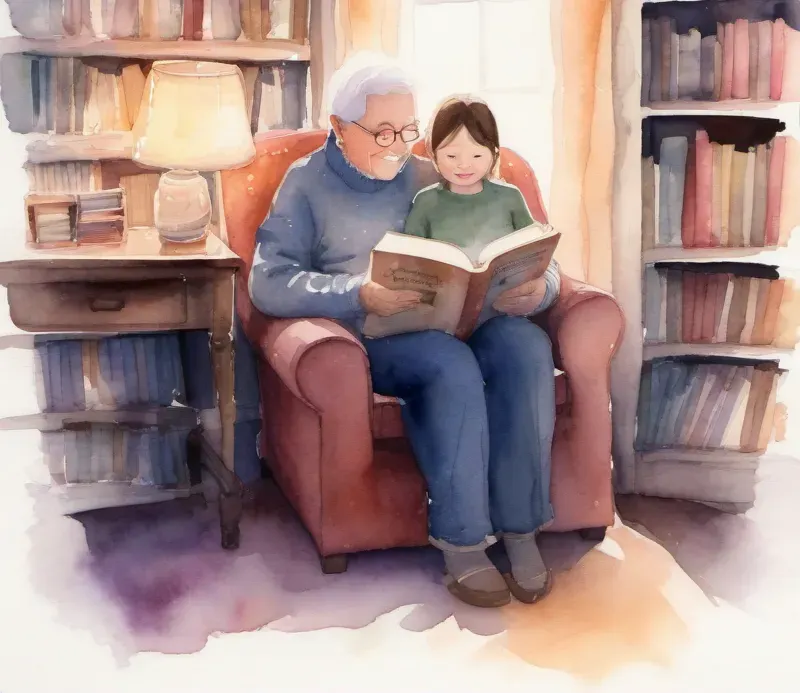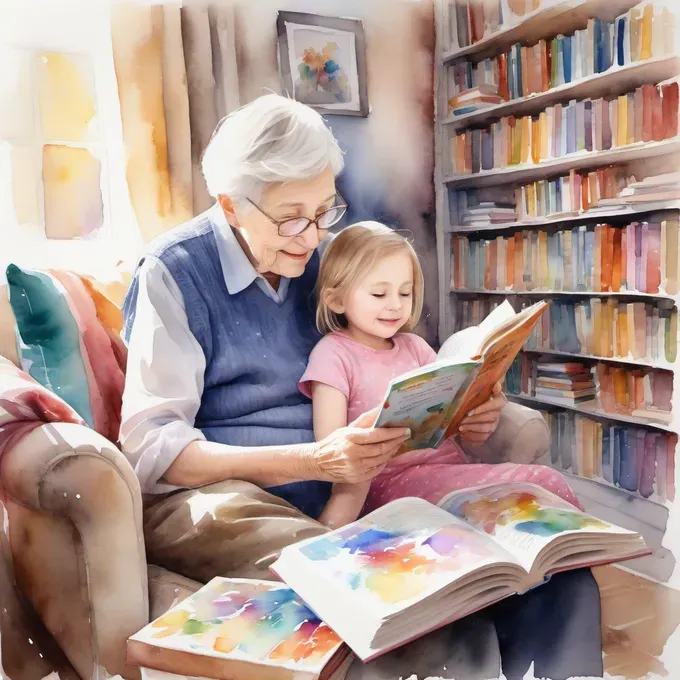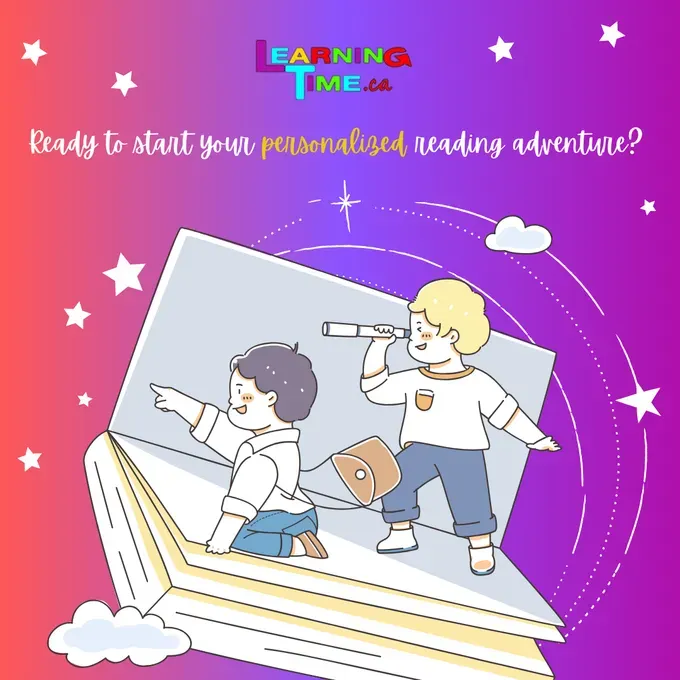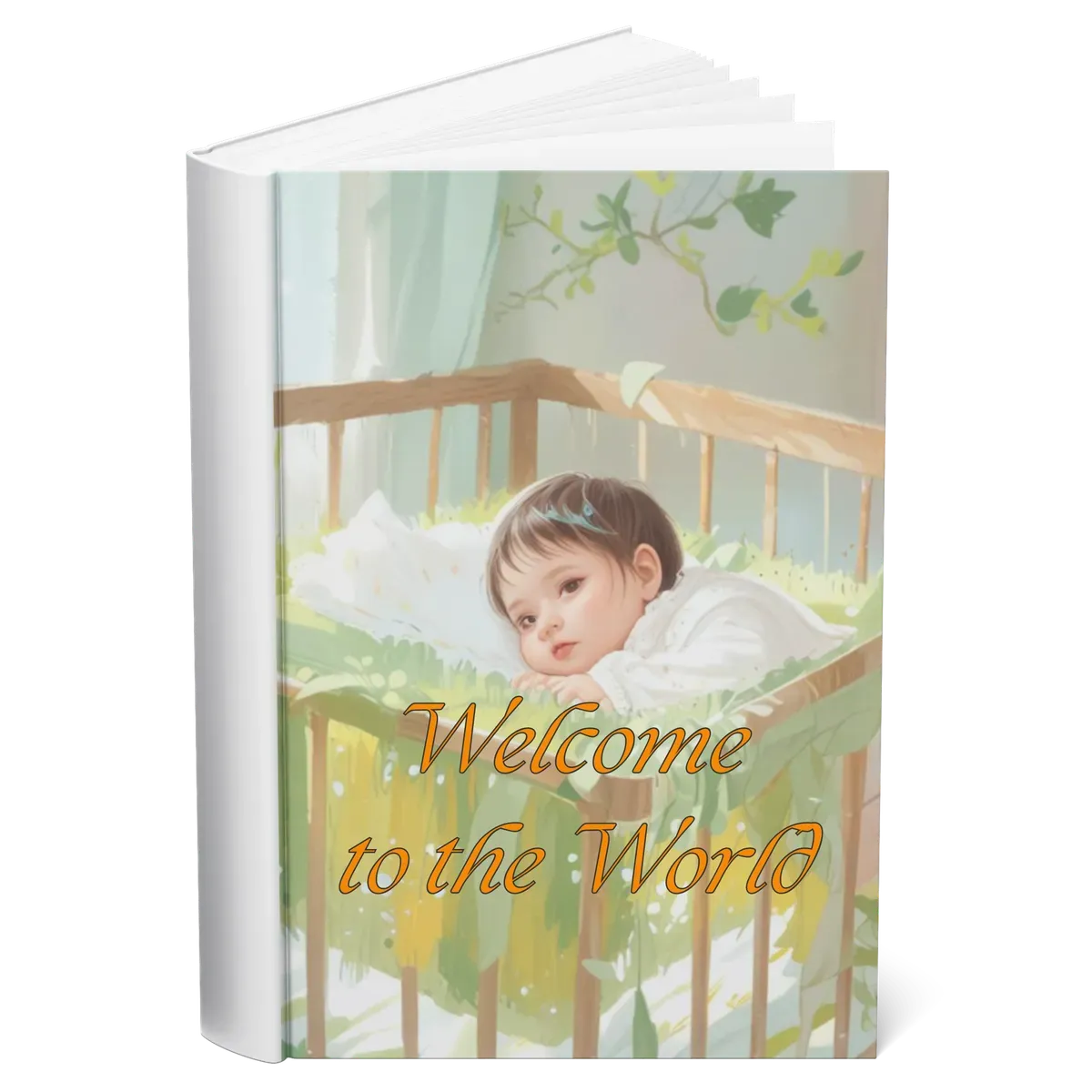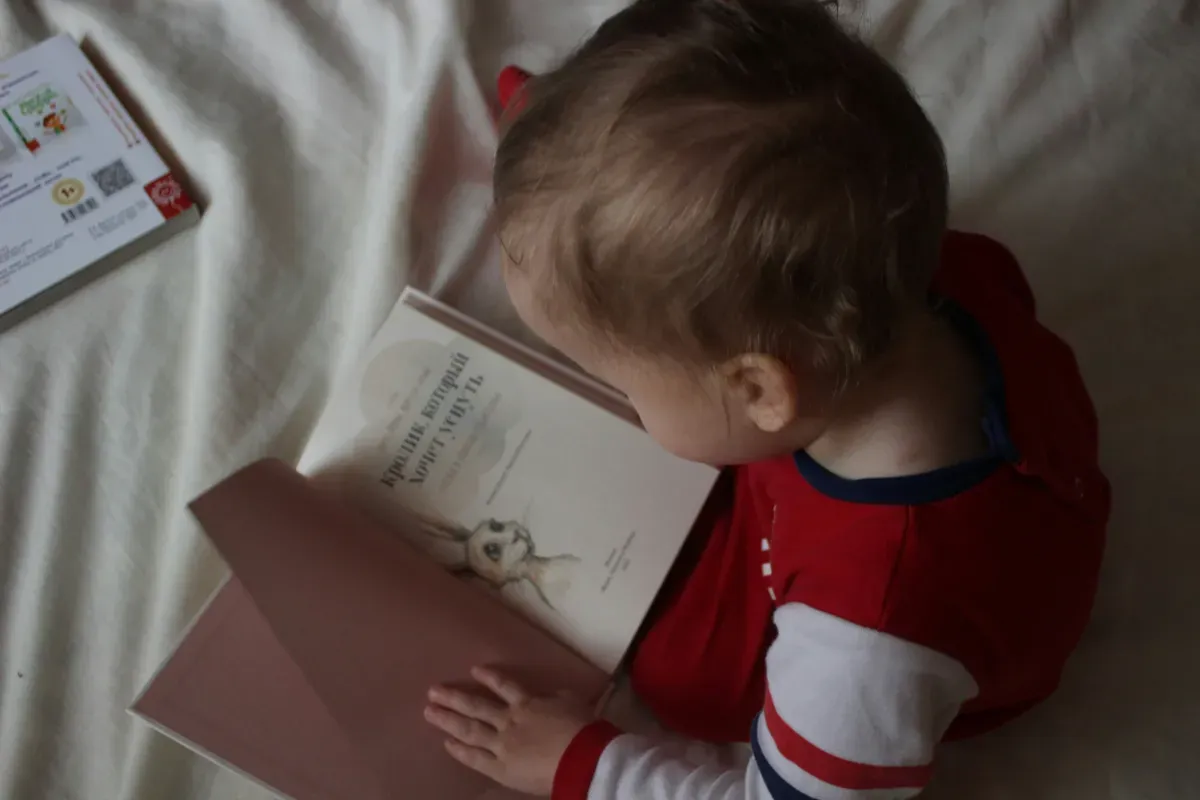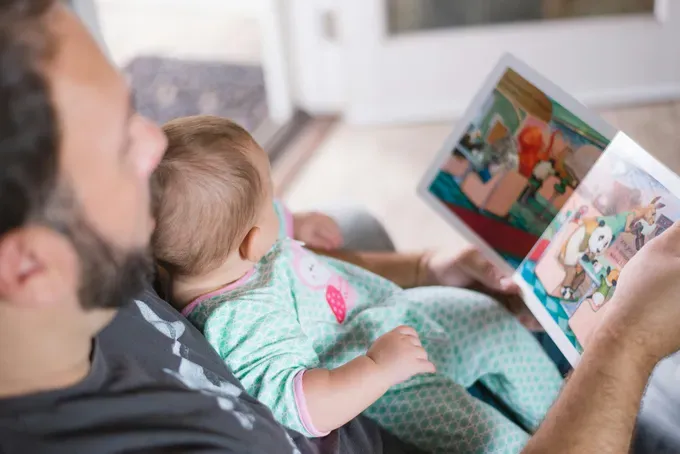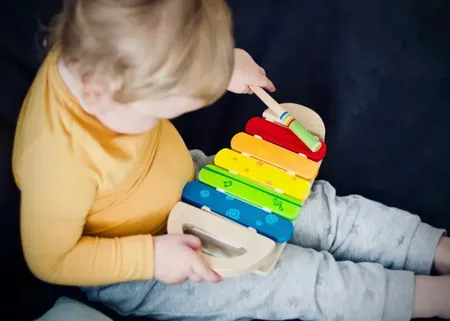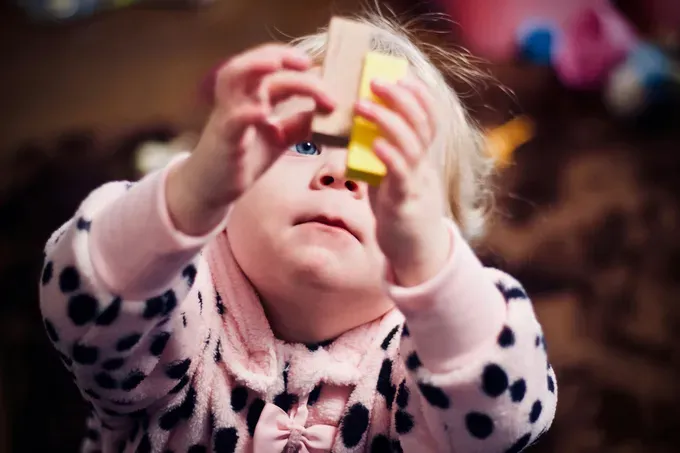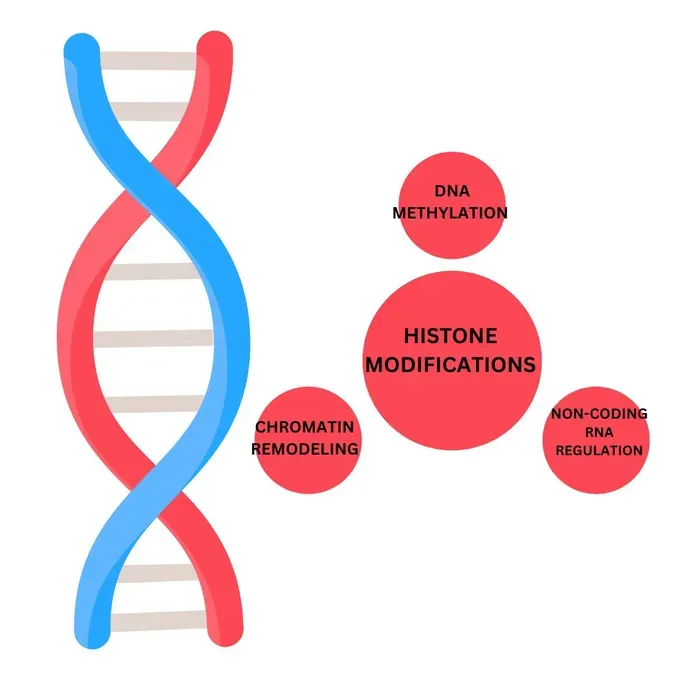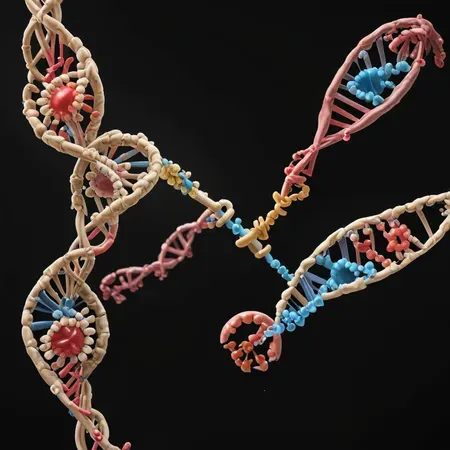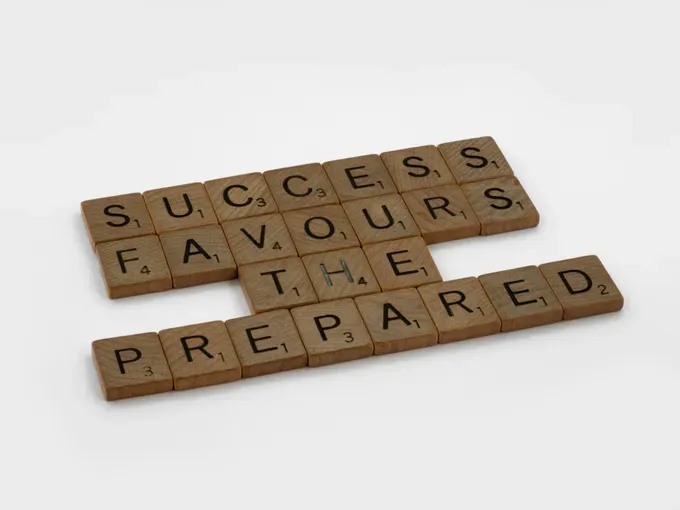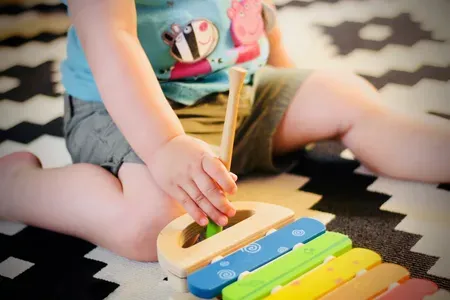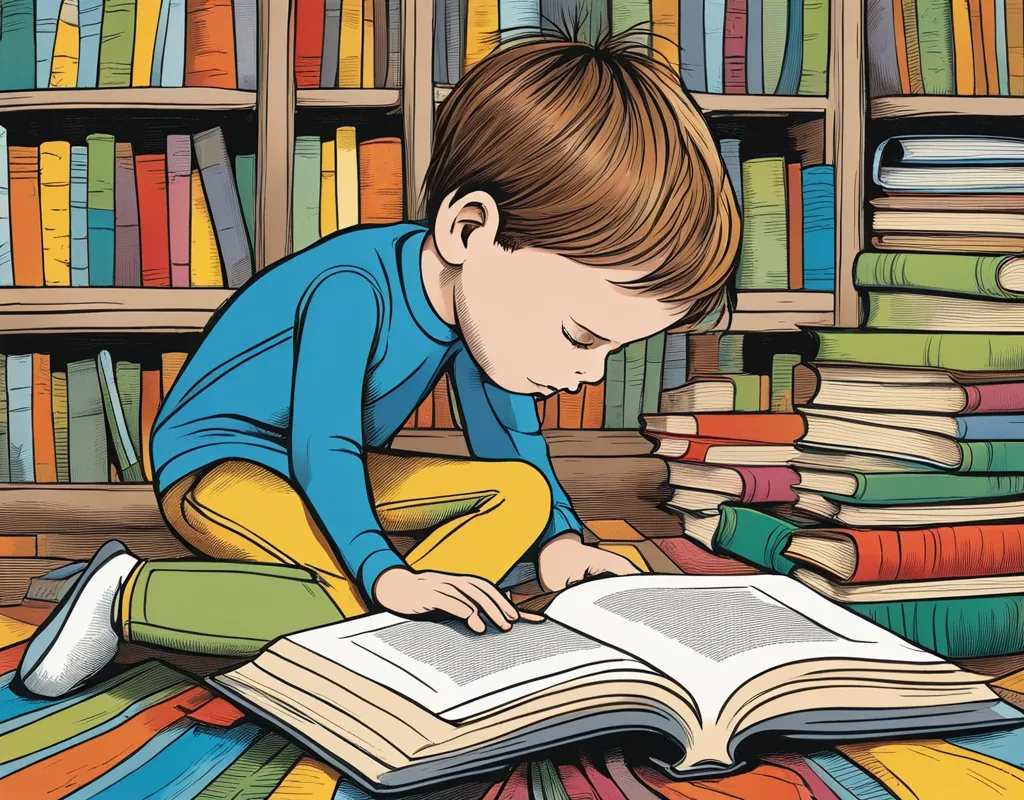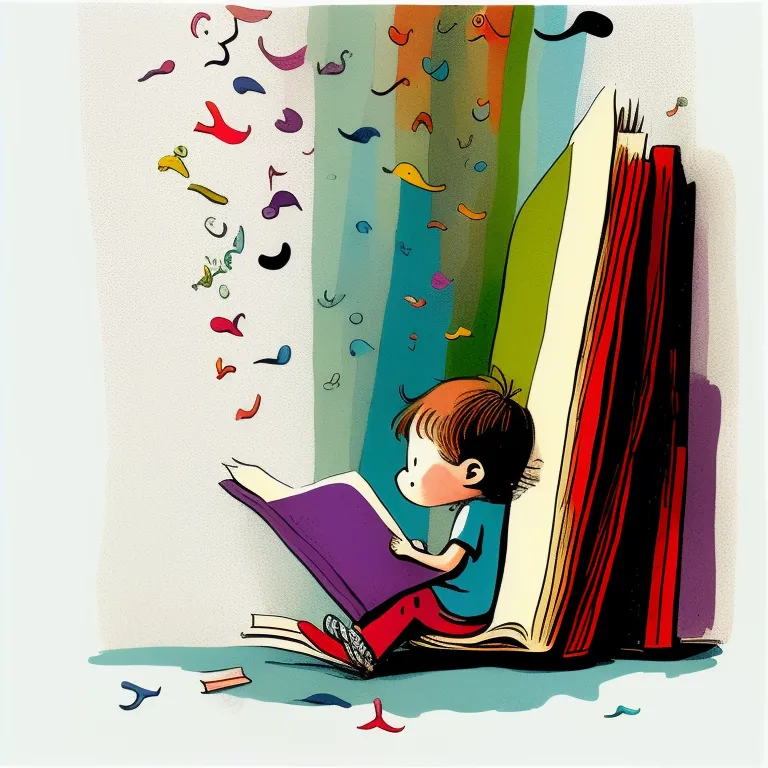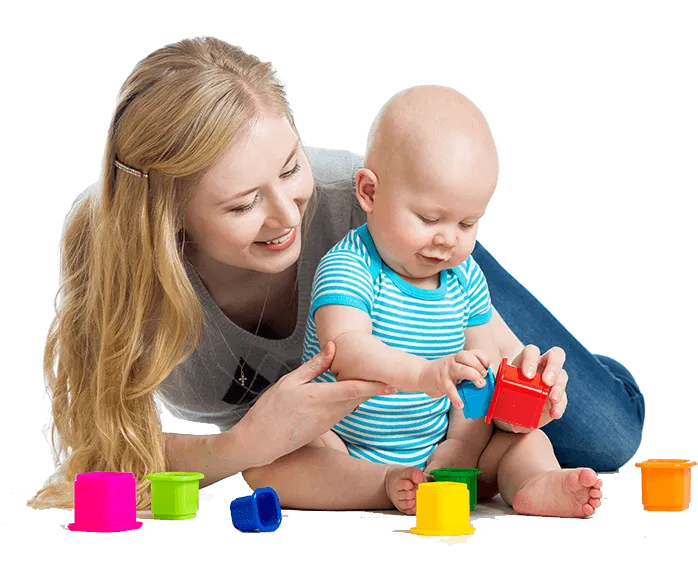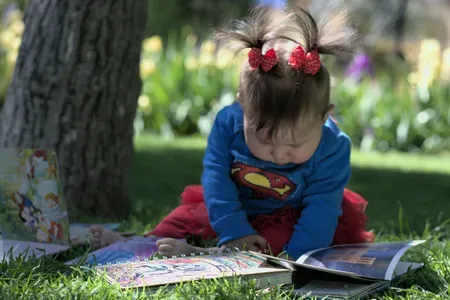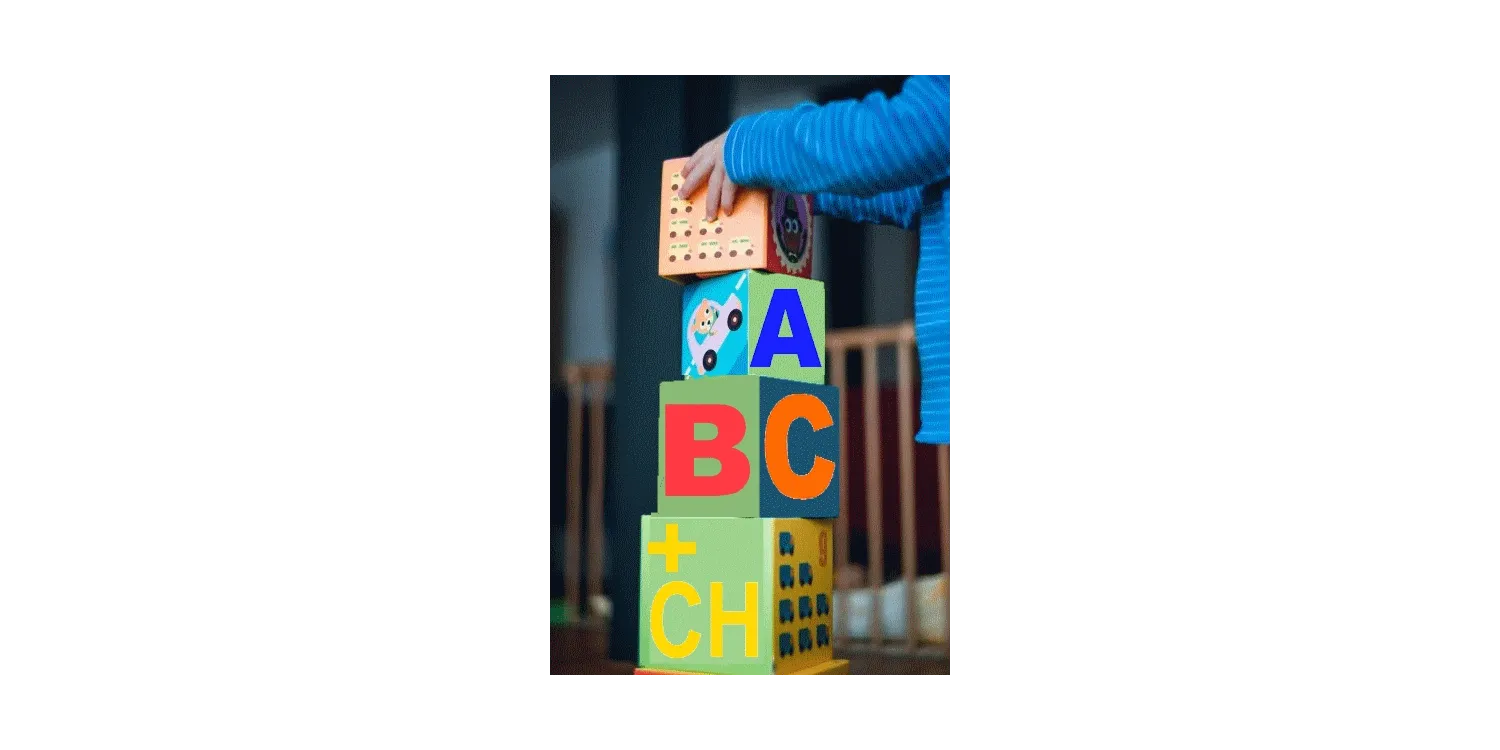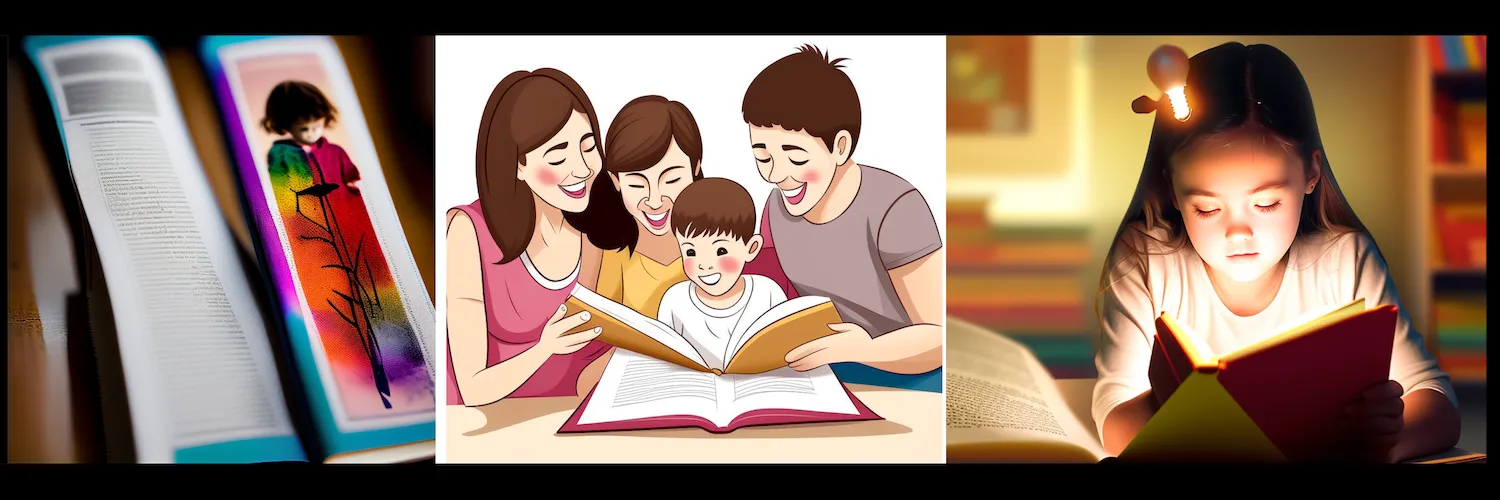Print Awareness: Understanding the Magic of Written Words
Isn't it amazing how those little marks on a page can tell such wonderful stories? Print awareness is exactly what it sounds like - helping children discover that written words have meaning and power. Let's dive into this fascinating skill and learn how to nurture it in your young reader.
What is Print Awareness?
Print awareness is like teaching your child to decode a special kind of magic. It's the exciting discovery that those squiggles and shapes on pages aren't just decorations - they're tools for sharing thoughts, stories, and ideas. When children develop print awareness, they begin to understand that written words are everywhere, carrying messages waiting to be discovered.
Fun Ways to Develop Print Awareness
- Follow the words: Use your finger to track words as you read, showing how text flows across the page.
- Label everything: Point out words on food packages, street signs, and household items to show that print is everywhere.
- Play "I Spy" with letters: Make a game of finding familiar letters and words in your environment.
- Create a print-rich environment: Surround your child with labelled items, books, and writing materials.
Why It's Important
Print awareness is like giving your child the key to unlock written communication. When children understand that those marks on paper have meaning, they become curious about decoding them. This natural curiosity drives their motivation to learn to read and write.
Remember...
Learning about print should be a joyful journey of discovery. Keep it playful and natural, pointing out print in everyday situations. Soon, your child will start noticing written words everywhere, eager to unlock their meanings!
Conclusion
Print awareness is the first step in unlocking the magic of reading, and nurturing it should be a joyful and natural part of a child's everyday experiences. By making print a visible and engaging part of their world—through books, labels, signs, and playful activities—you help spark their curiosity and confidence in written language. Whether reading with a grandparent, playing word games, or pointing out letters in daily life, every small interaction brings them closer to becoming a lifelong reader. So embrace the journey, keep it fun, and watch as your child discovers the power and wonder of words!
FAQ
1. What is print awareness?
Print awareness is a child's understanding that written words have meaning and can communicate stories, thoughts, and ideas. It’s the foundation of learning to read and write.
2. Why is print awareness important for children?
Print awareness helps children recognize that written words are all around them and that they carry meaning. This early skill fosters curiosity and motivation to learn to read and write.
3. How can I help my child develop print awareness?
You can encourage print awareness by:
- Tracking words with your finger while reading.
- Pointing out words on signs, food packages, and household items.
- Playing letter and word recognition games.
- Surrounding your child with books and labelled objects.
4. At what age should I start teaching print awareness?
You can start as early as birth by exposing your child to books, talking about words, and pointing to text in daily life. The earlier they are introduced, the more naturally they develop print awareness.
5. How can I make learning about print fun?
Keep it playful! Use games like "I Spy" with letters, create scavenger hunts for words, and let your child explore books at their own pace. The key is to make print discovery enjoyable and engaging.
You can also order personalized books from LearningTime.ca which include your child's name to engage and interest your child even more!
6. Does print awareness mean my child will learn to read early?
Print awareness is an important step toward reading, but every child learns at their own pace. It builds a strong foundation that supports reading readiness when they are developmentally ready.
7. Can I develop print awareness without formal lessons?
Yes! Everyday experiences like reading signs, writing grocery lists together, and pointing out labels can naturally reinforce print awareness without formal instruction.
8. What should I do if my child isn't interested in print?
Make it interactive! Choose books with engaging pictures, let them pick stories they love, and use hands-on activities like tracing letters in sand or forming words with magnetic letters.
9. How does reading with a grandparent help with print awareness?
Reading with a grandparent adds warmth and bonding to the experience, making learning about print feel comforting and enjoyable. Grandparents can share stories, ask questions, and make reading a special tradition.
10. What’s the most important thing to remember about print awareness?
Learning about print should be a joyful journey! Keep it natural and fun, and soon your child will be eager to explore the world of words around them.
Citations
https://www.readingrockets.org/reading-101/reading-and-writing-basics/print-awareness
https://mybrightwheel.com/blog/print-awareness
https://justreedblog.com/concepts-of-print/
https://www.beginlearning.com/parent-resources/print-awareness/
https://eldoradolibrary.org/early-literacy-skills-print-awareness/
https://blog.allaboutlearningpress.com/print-awareness/
https://thewearyeducator.com/2023/08/02/print-awareness-games/
